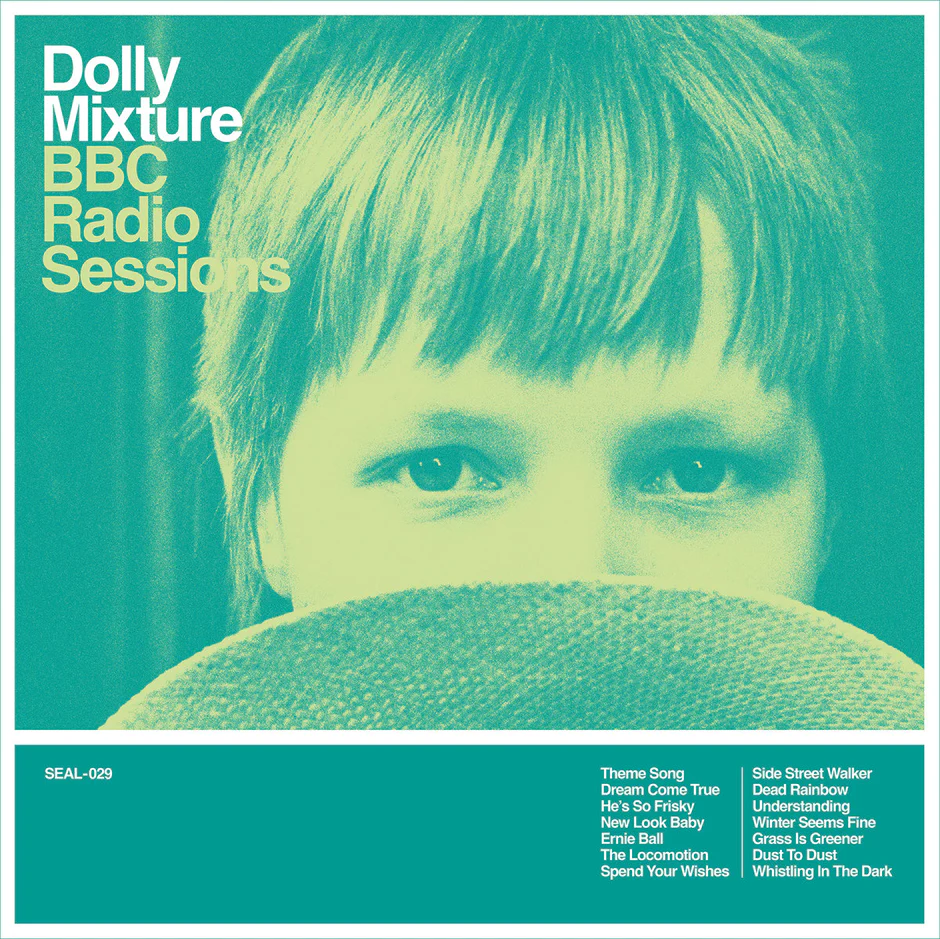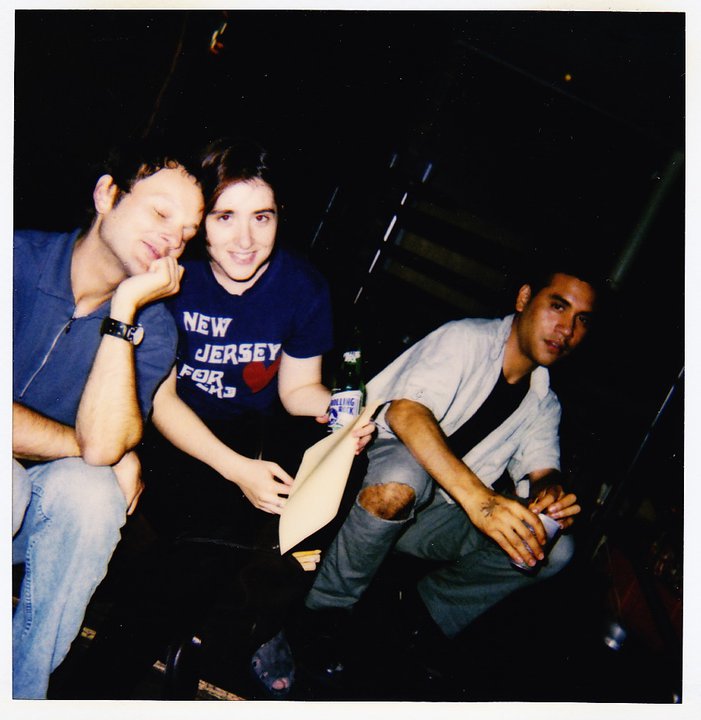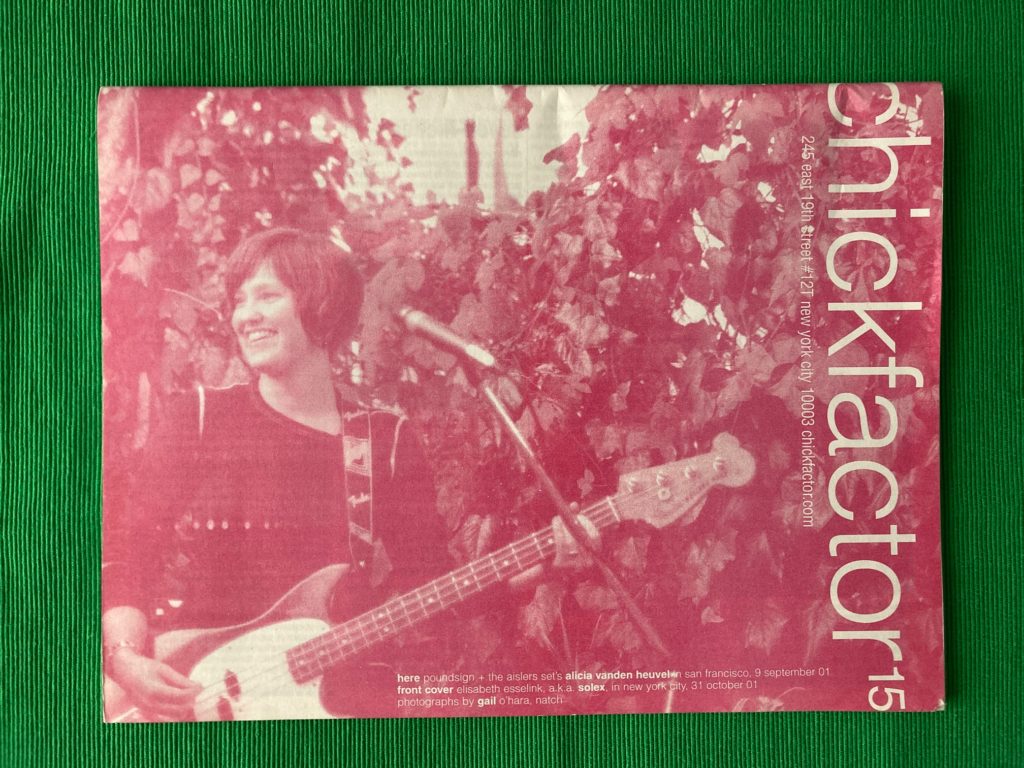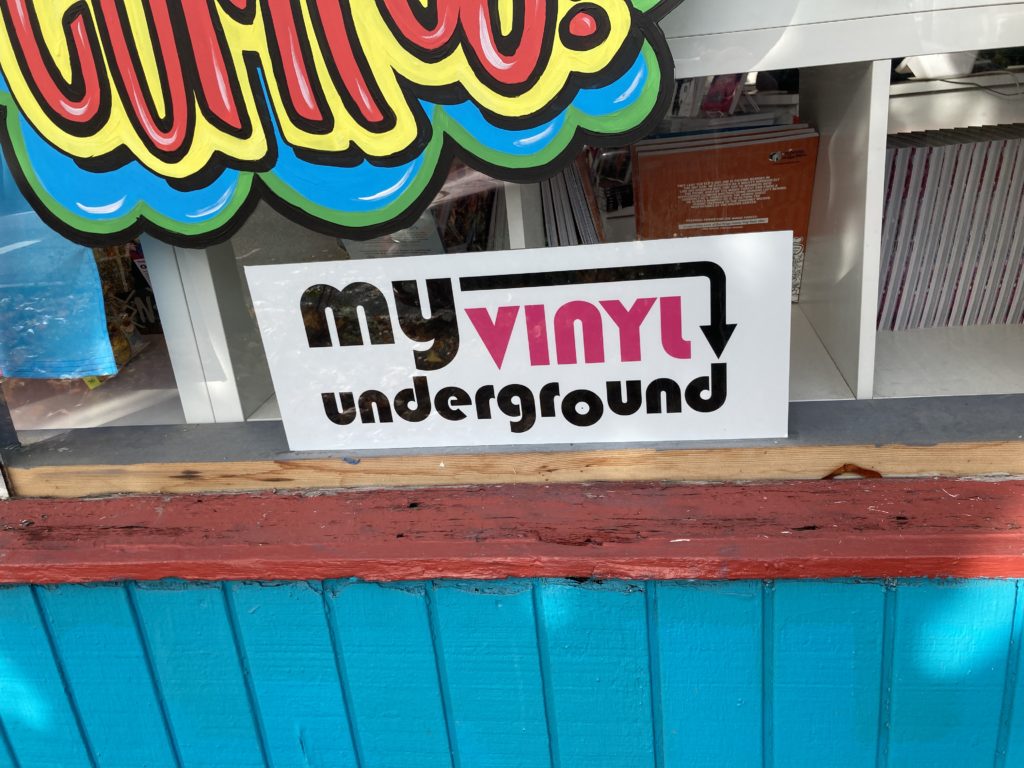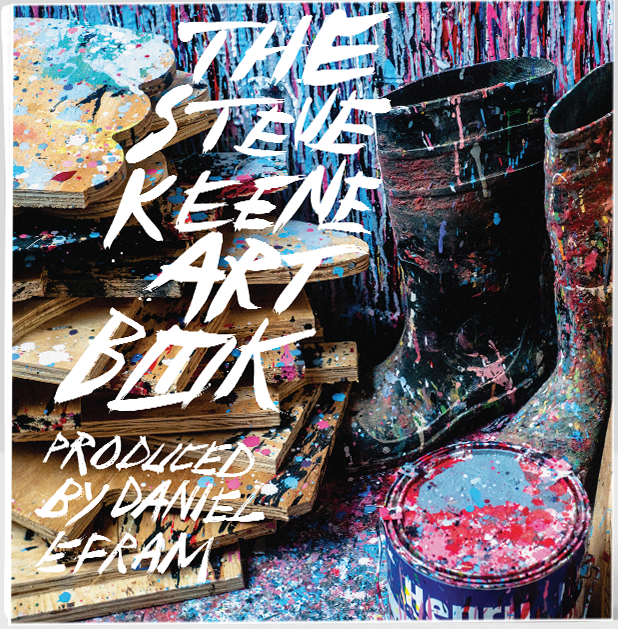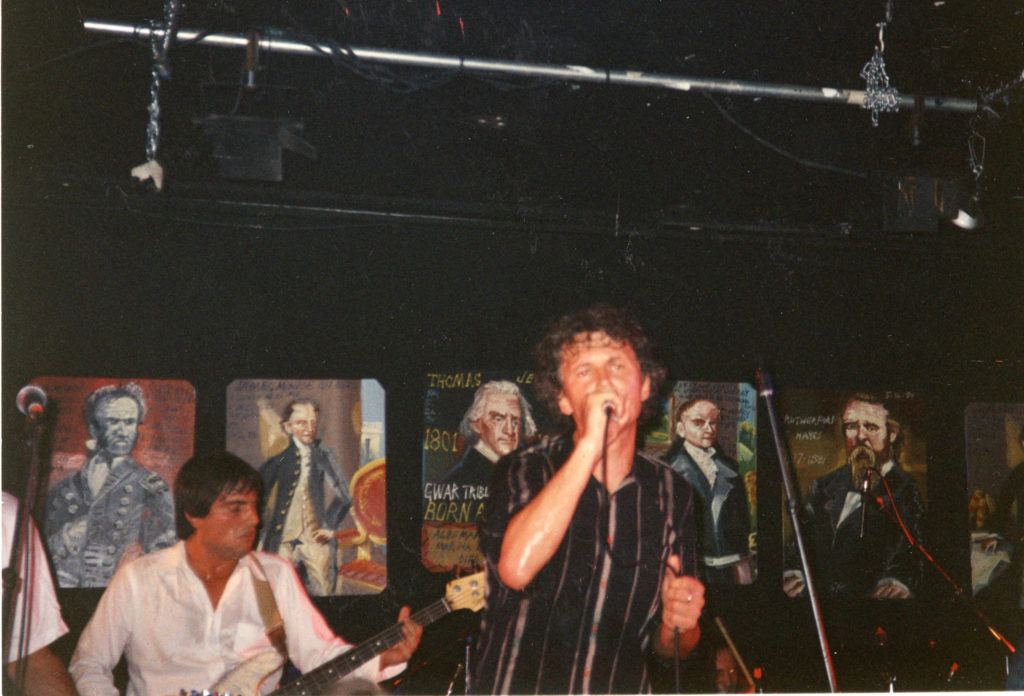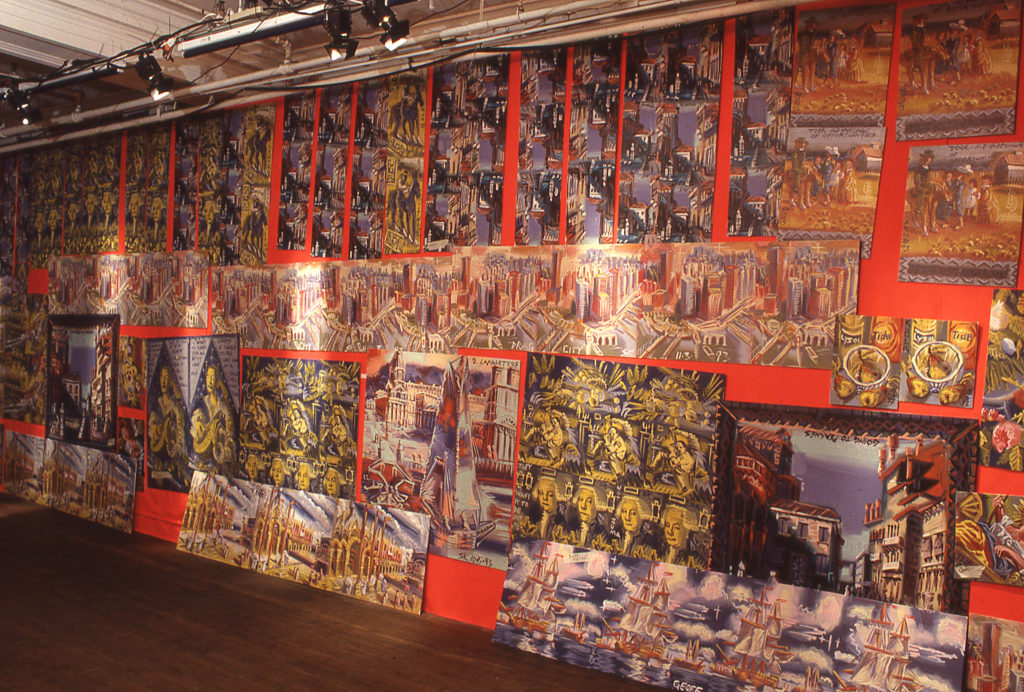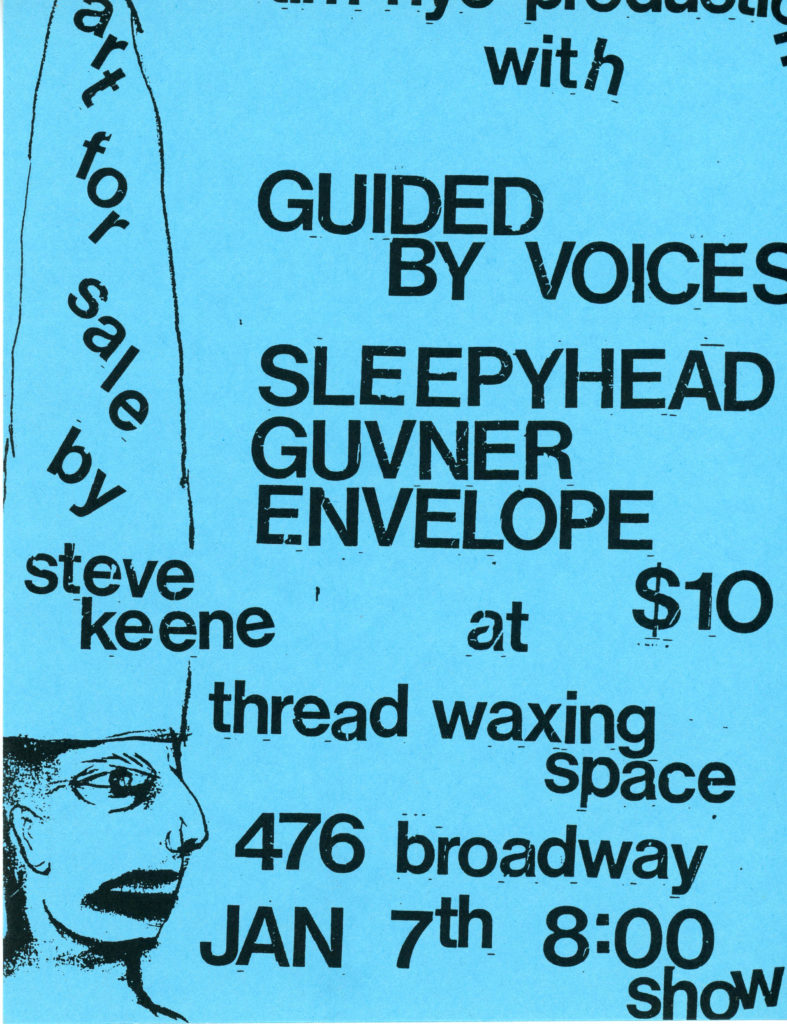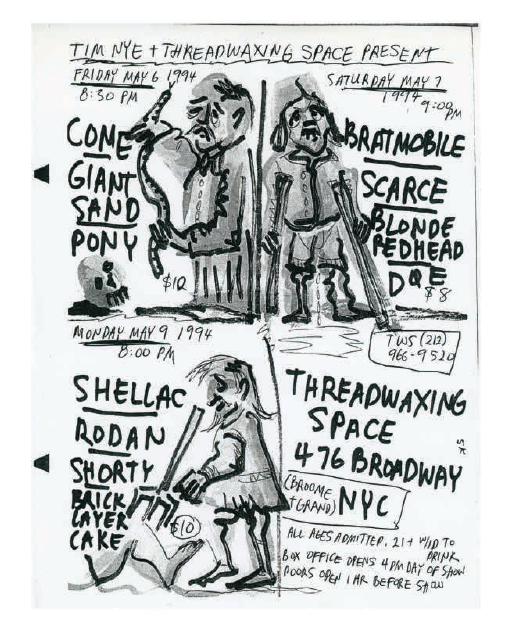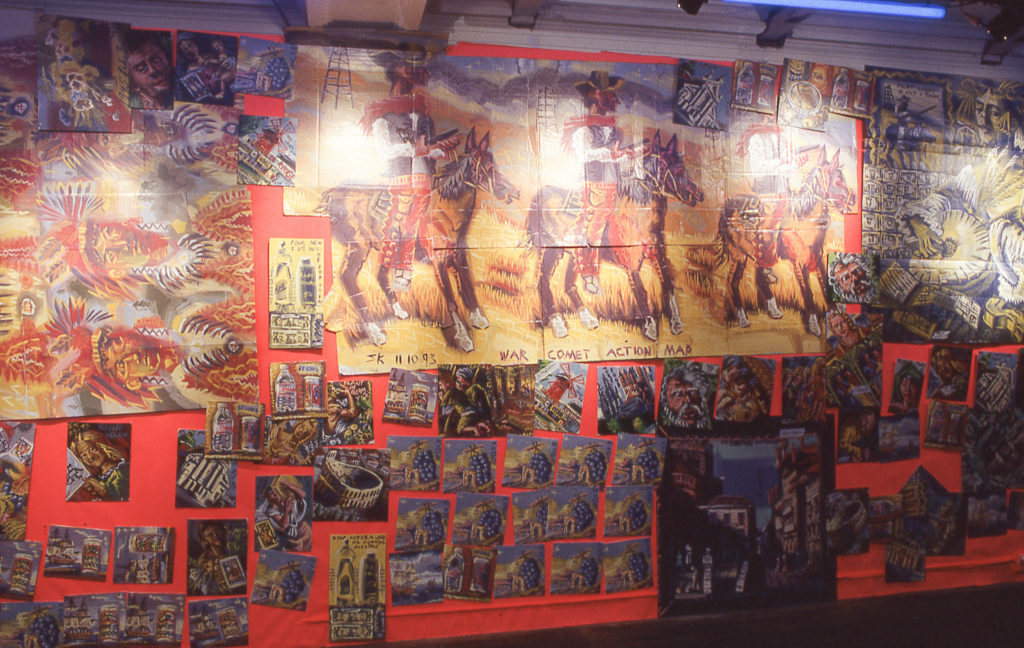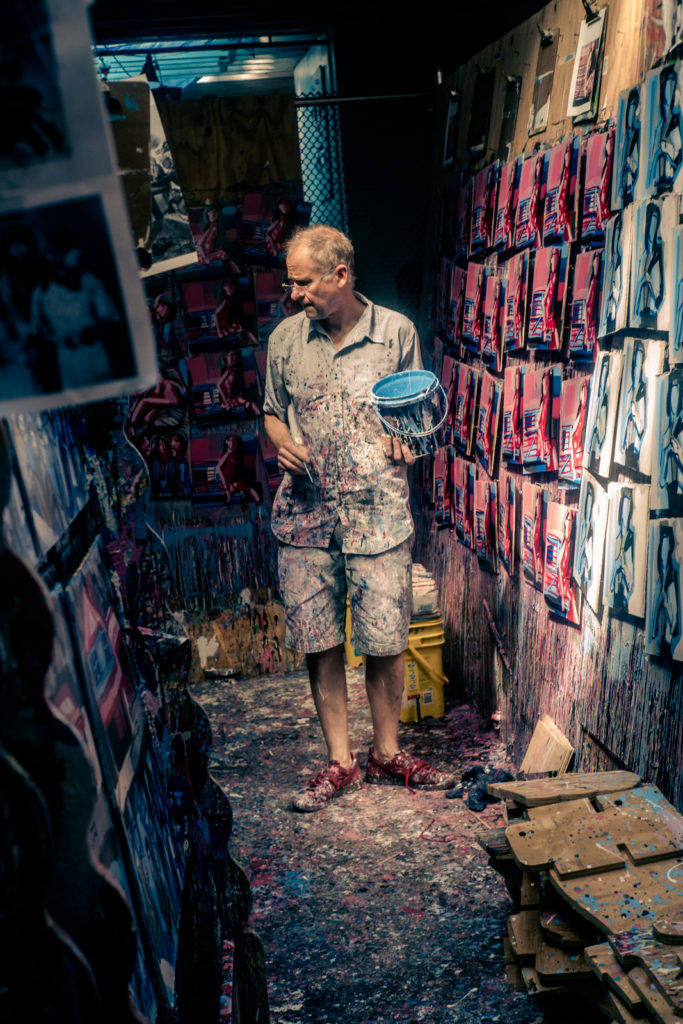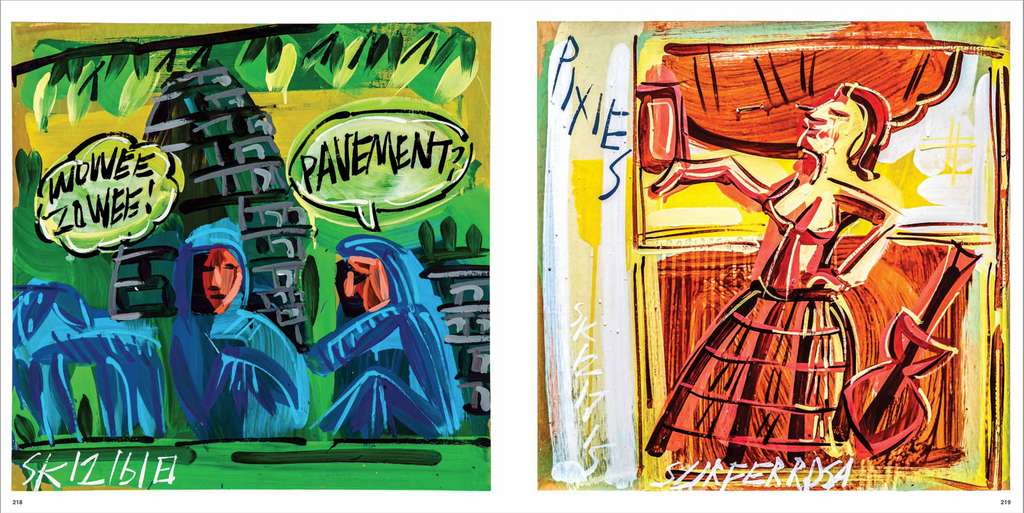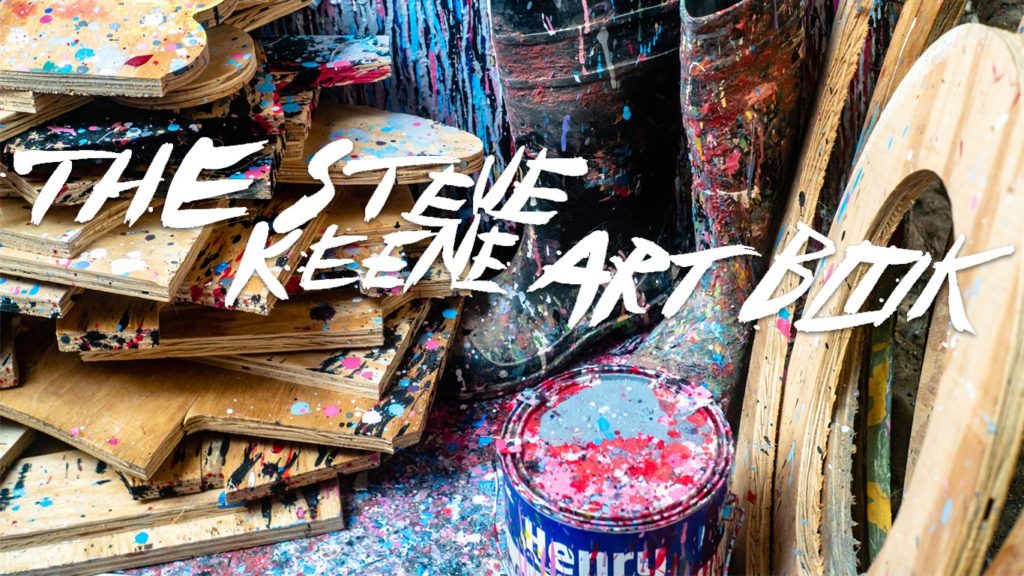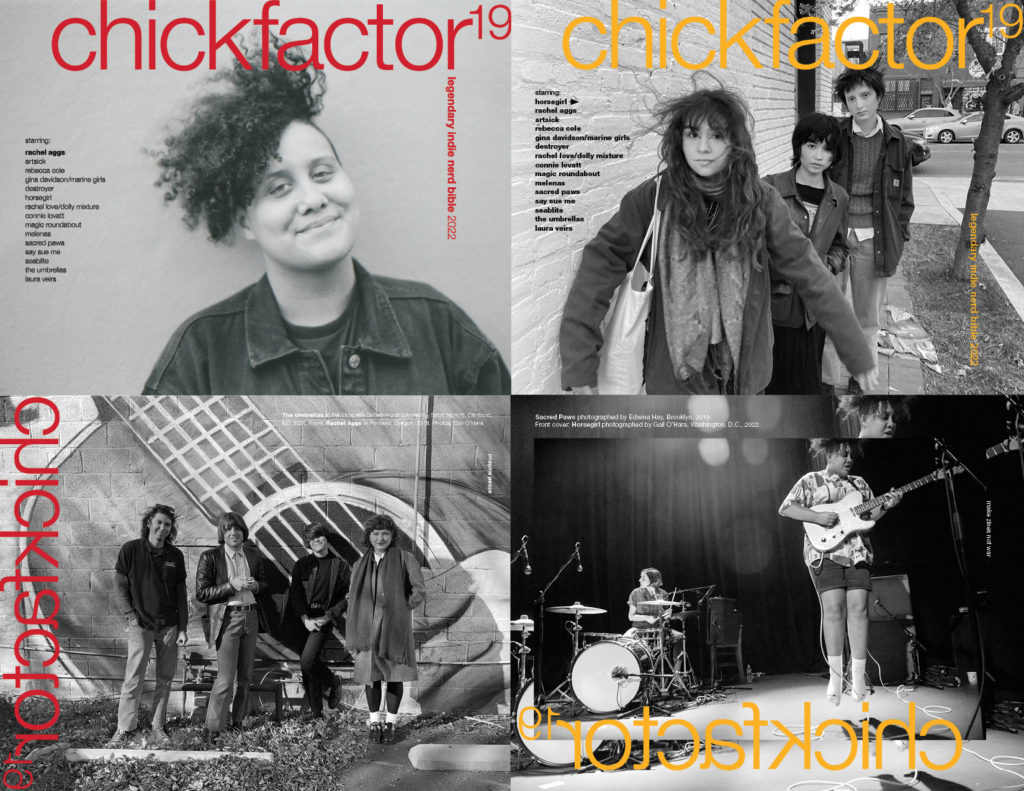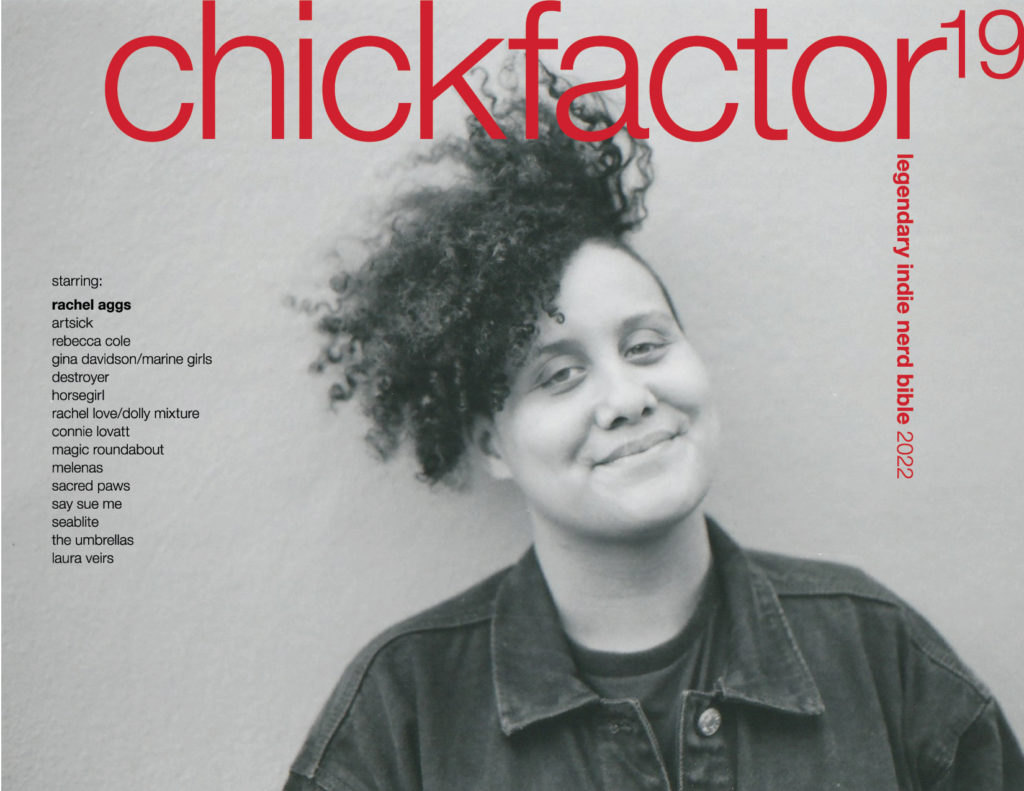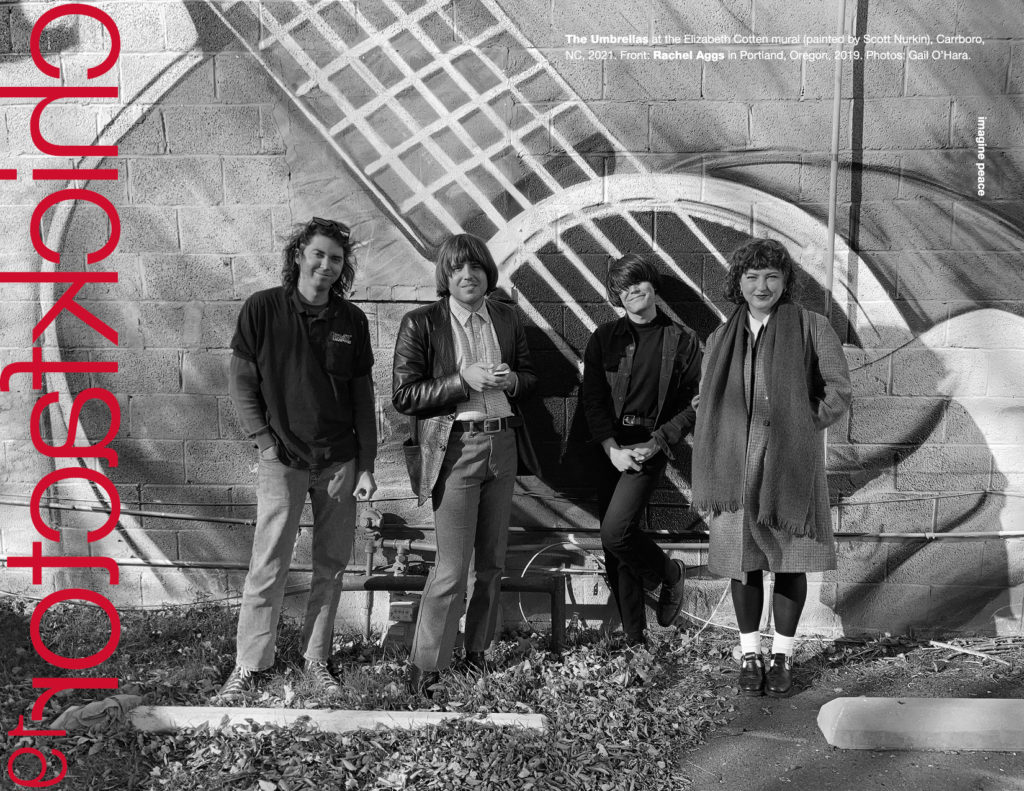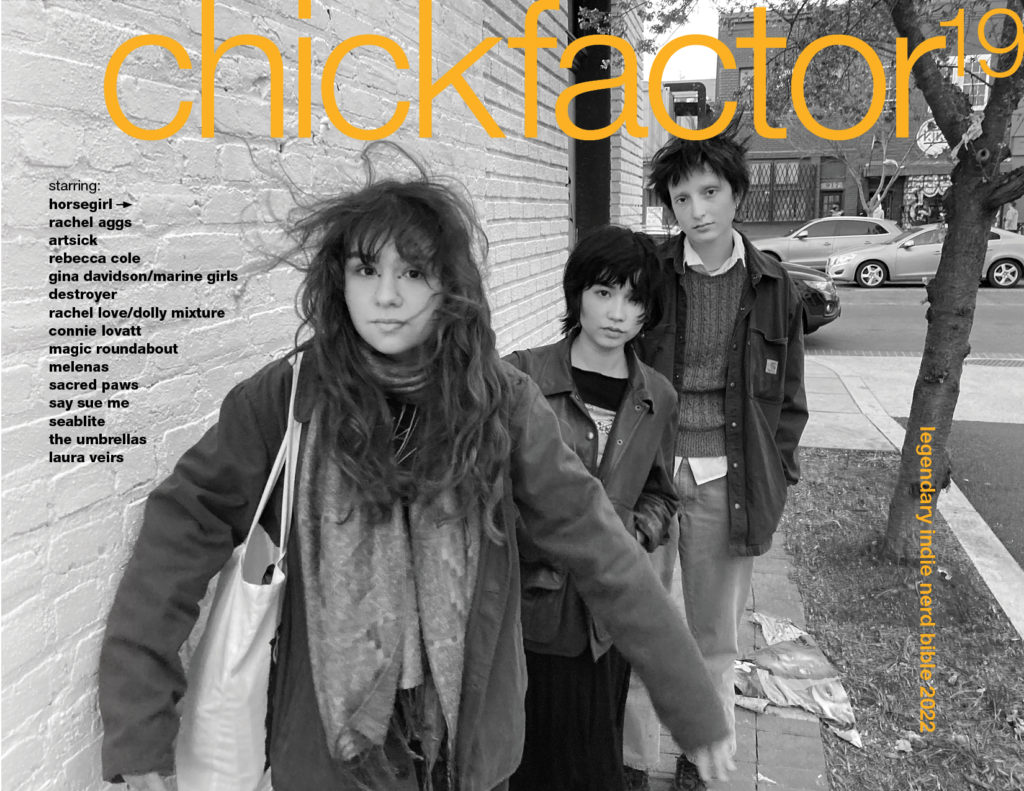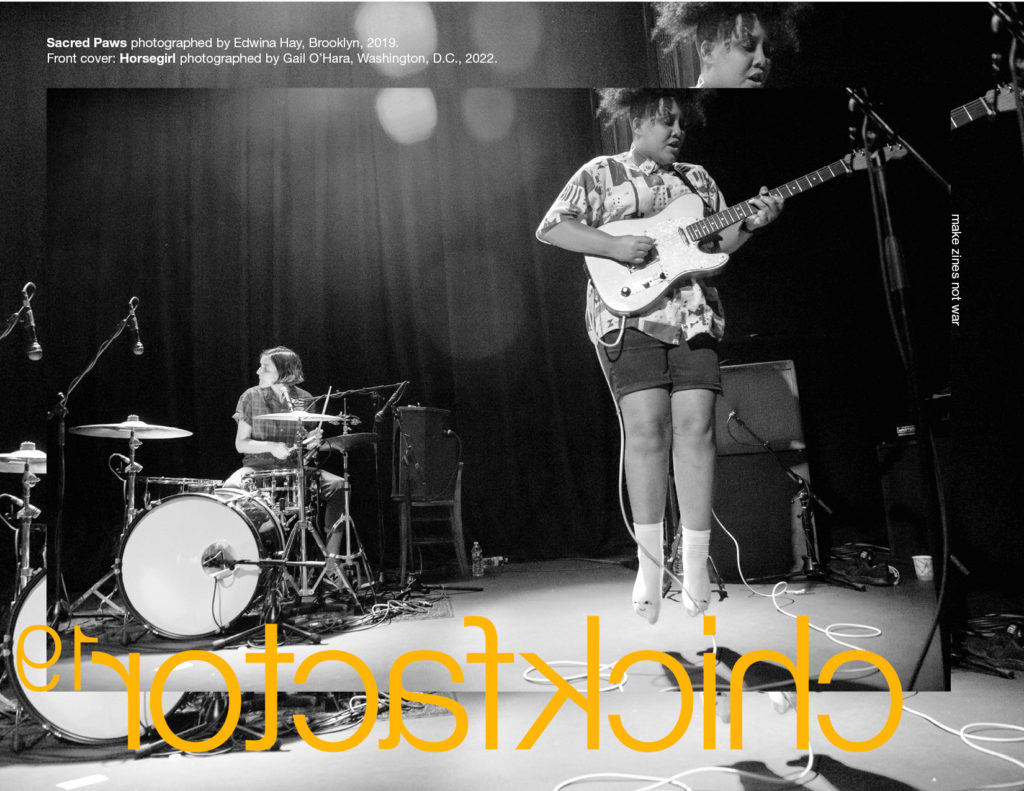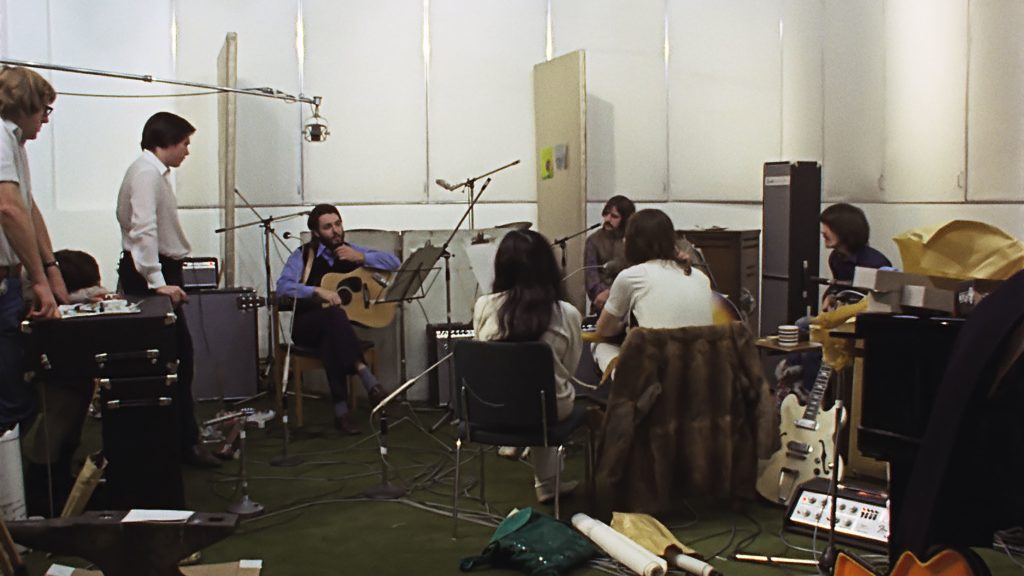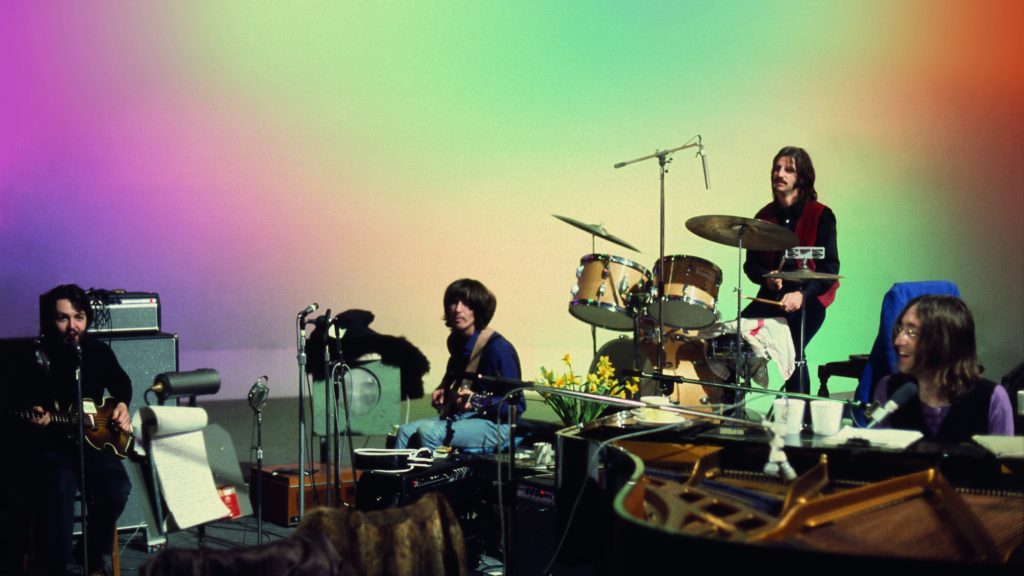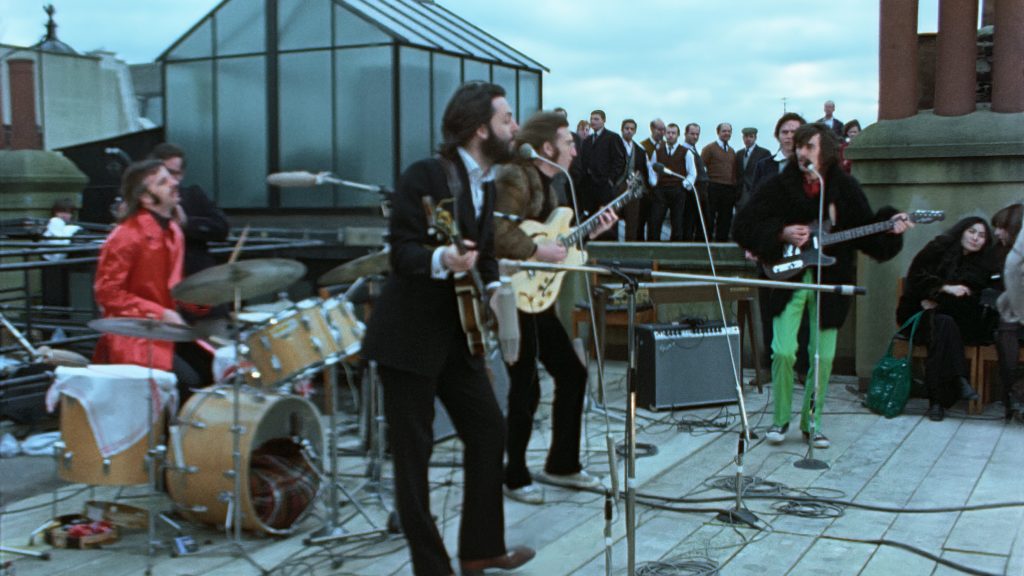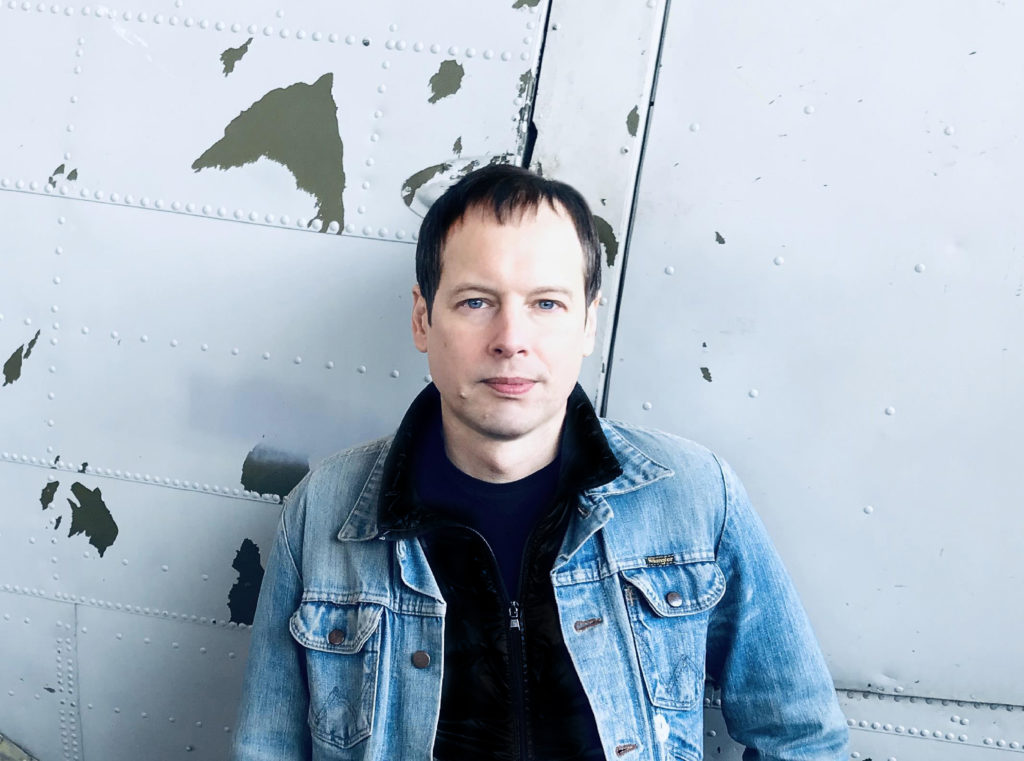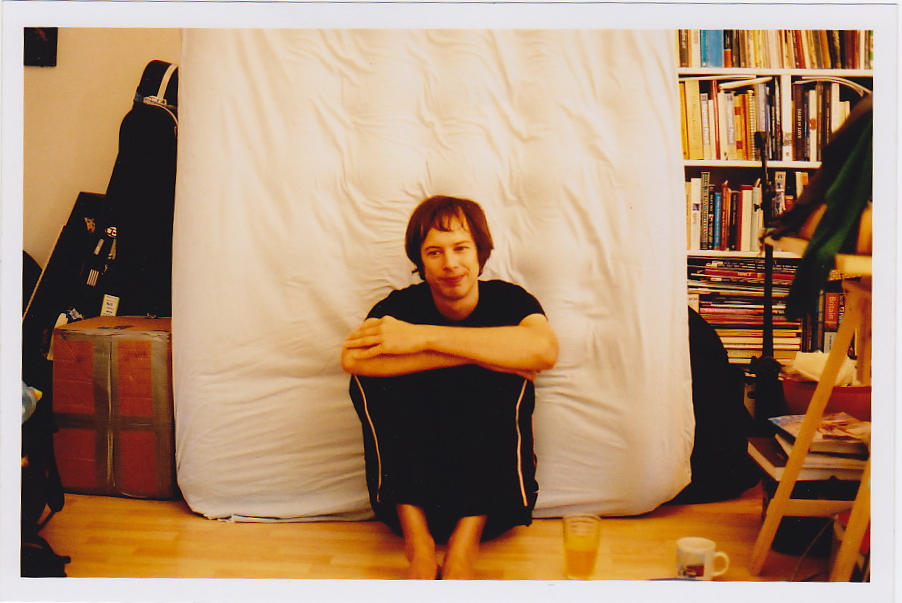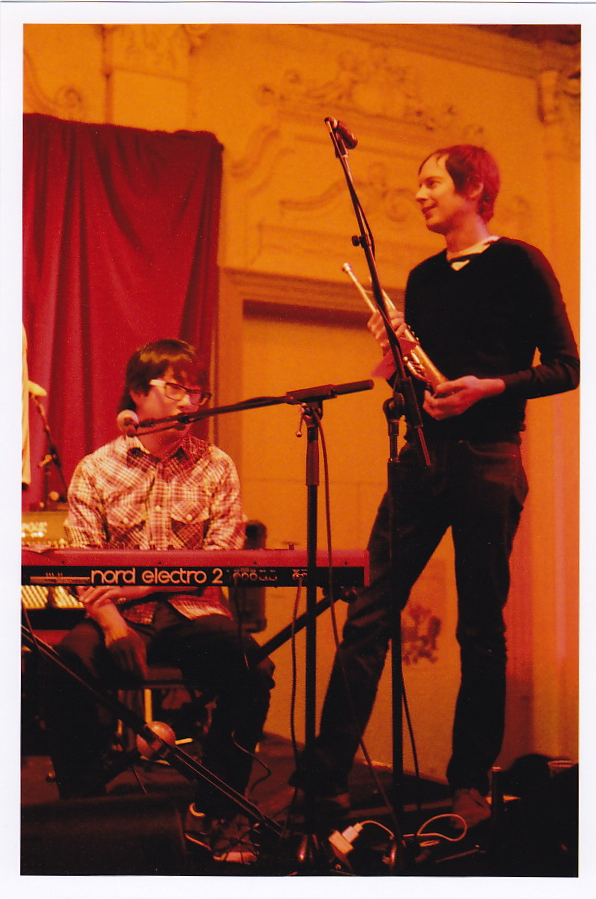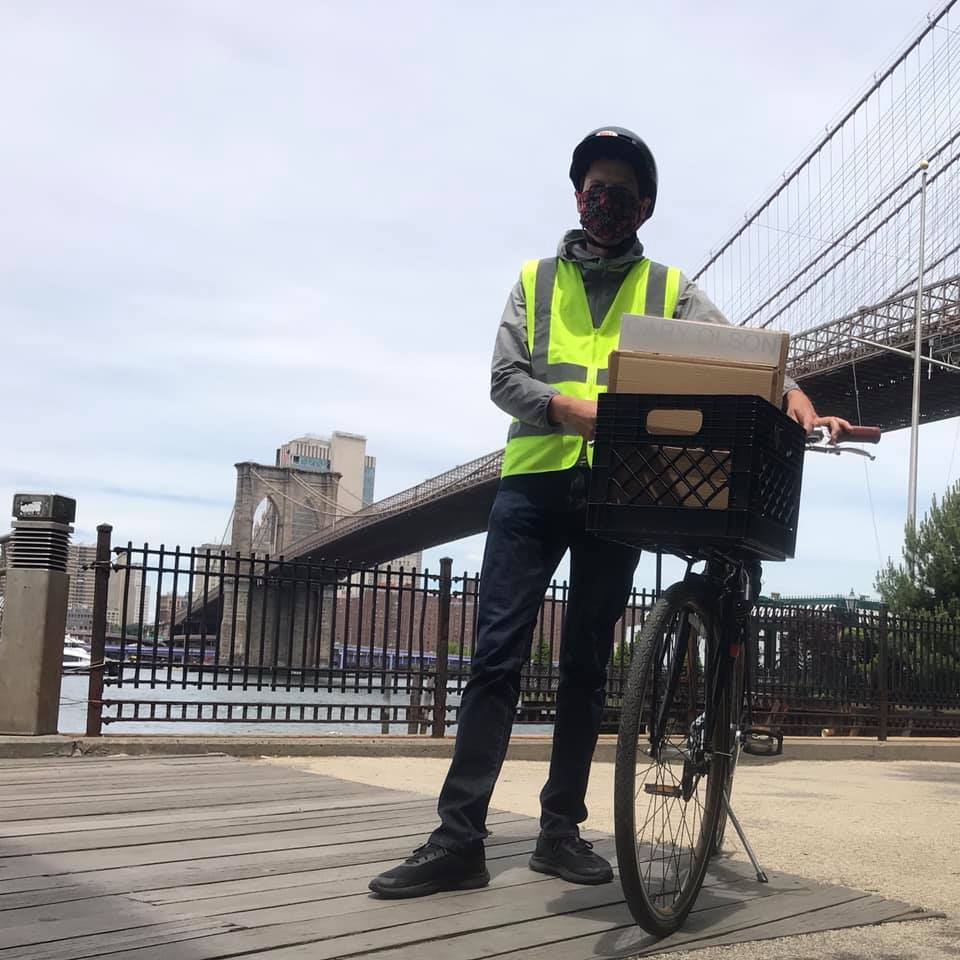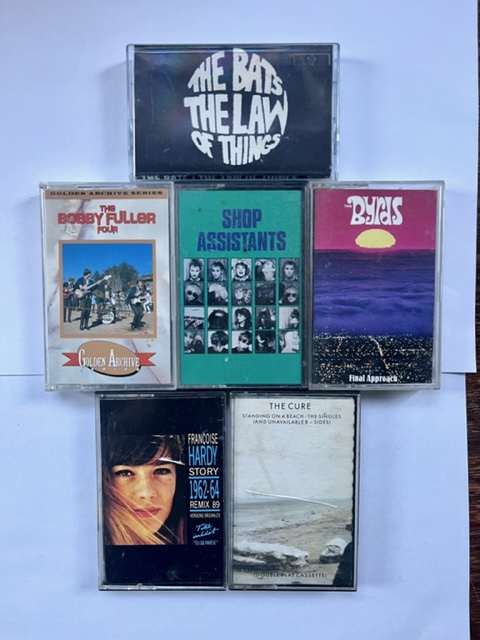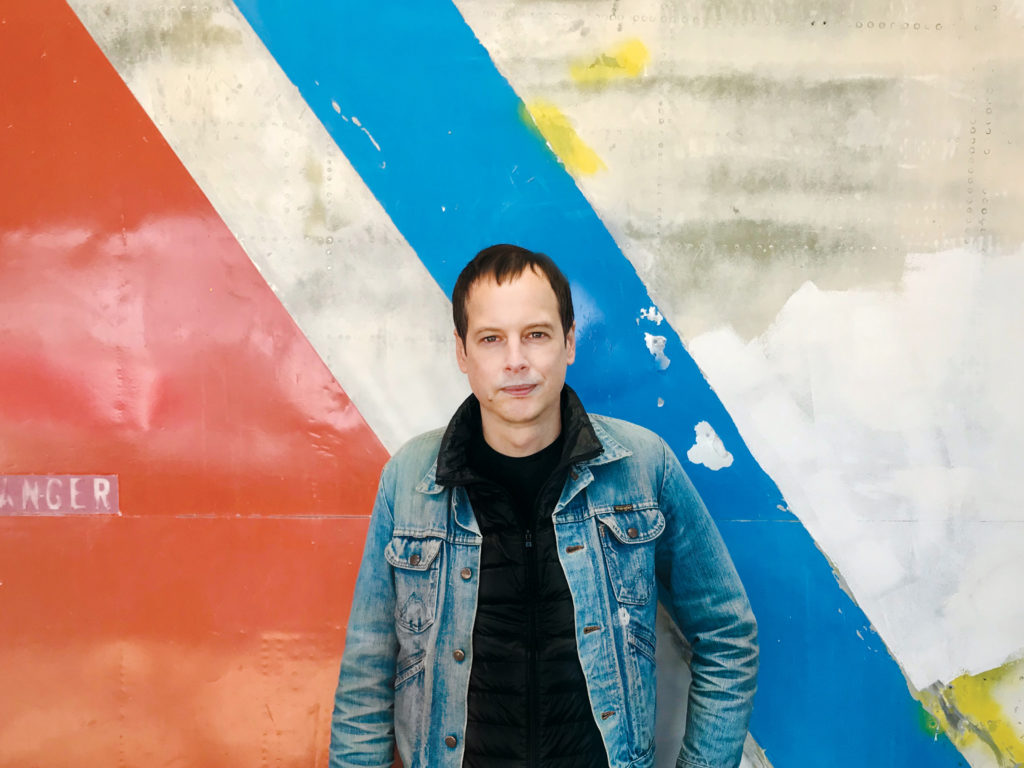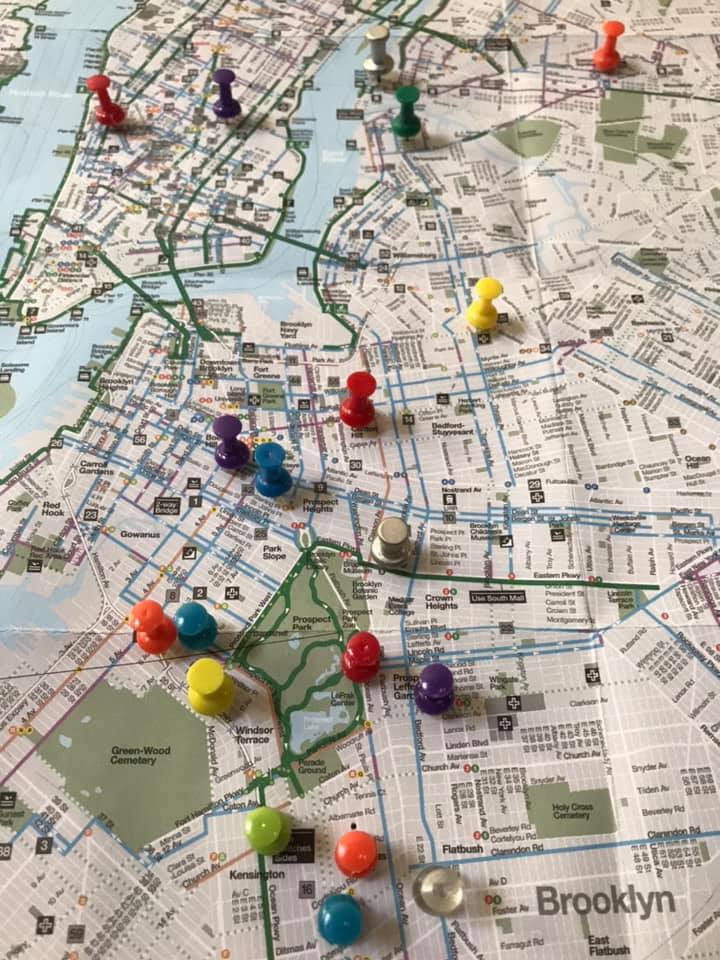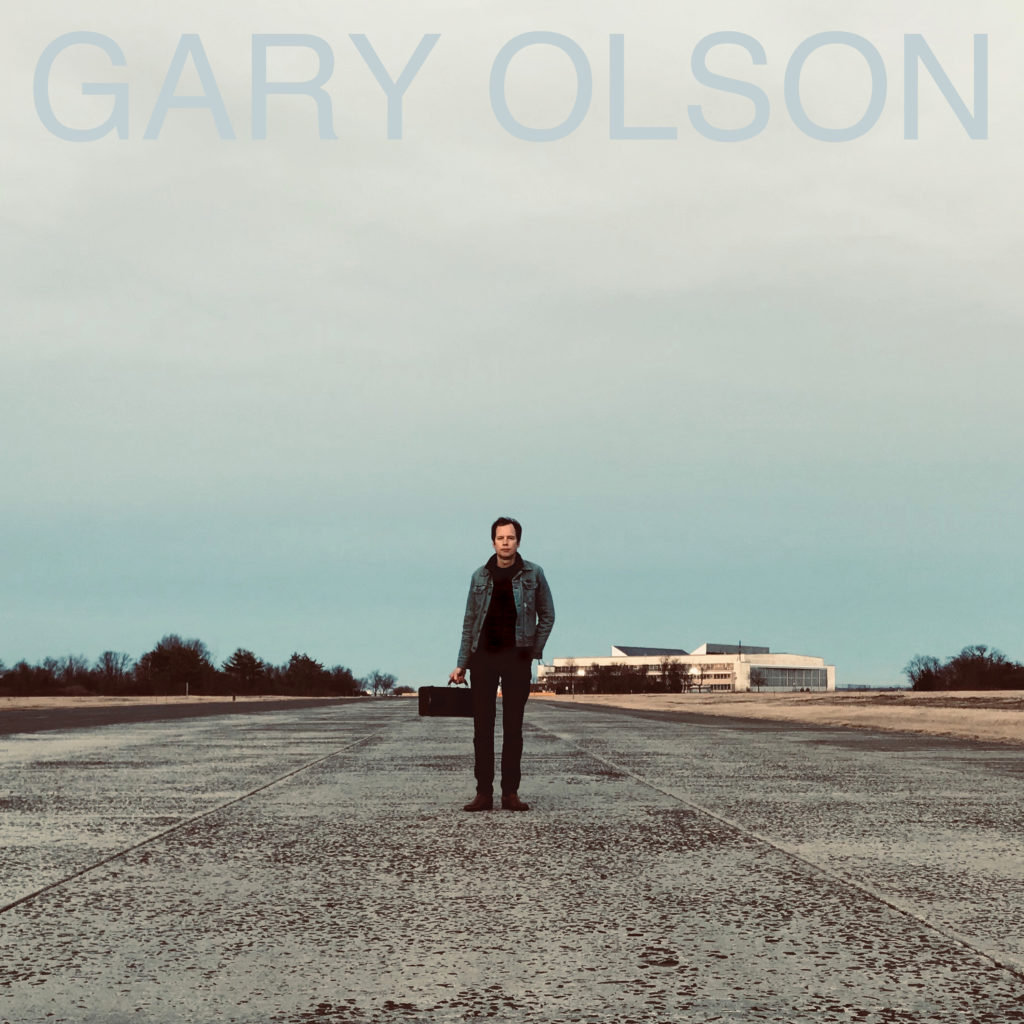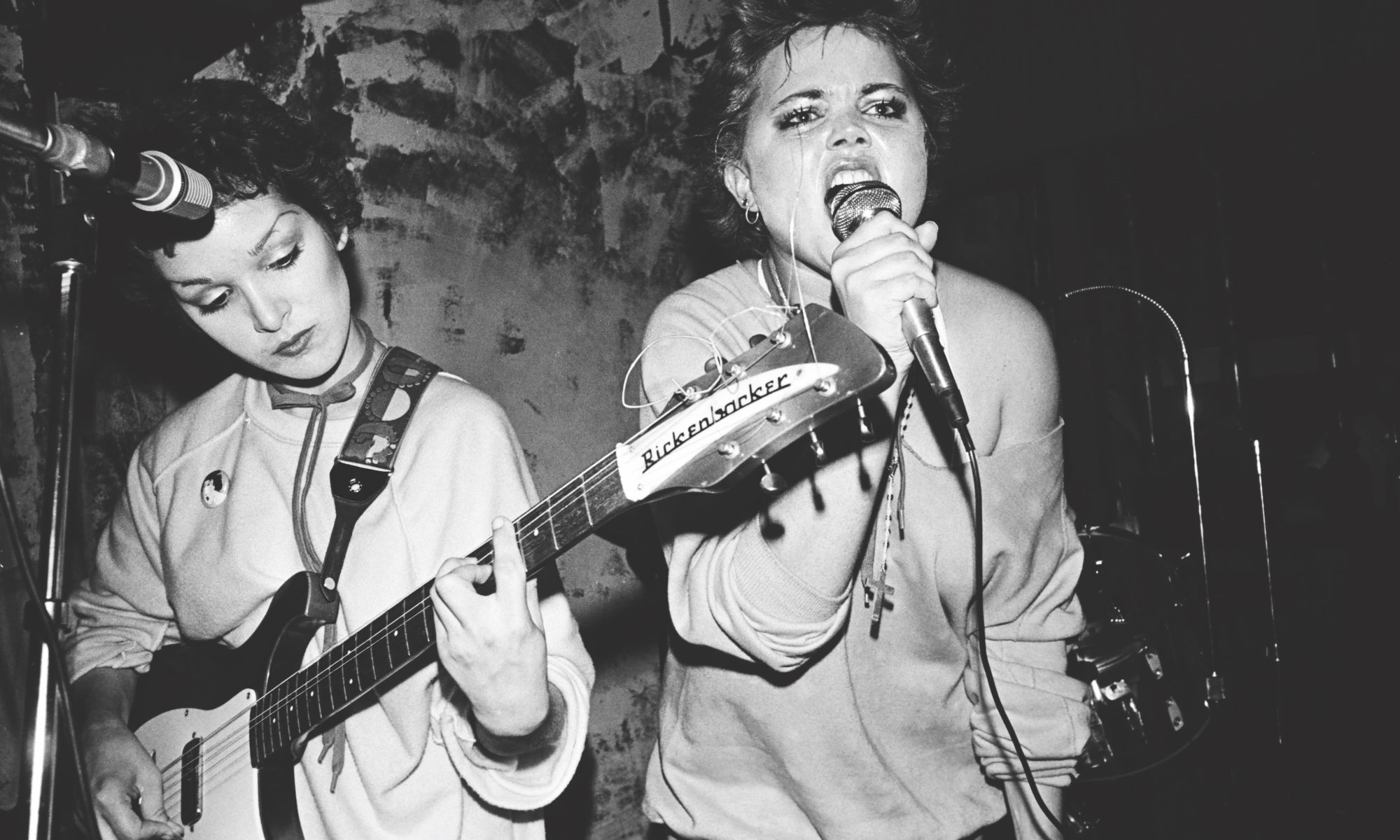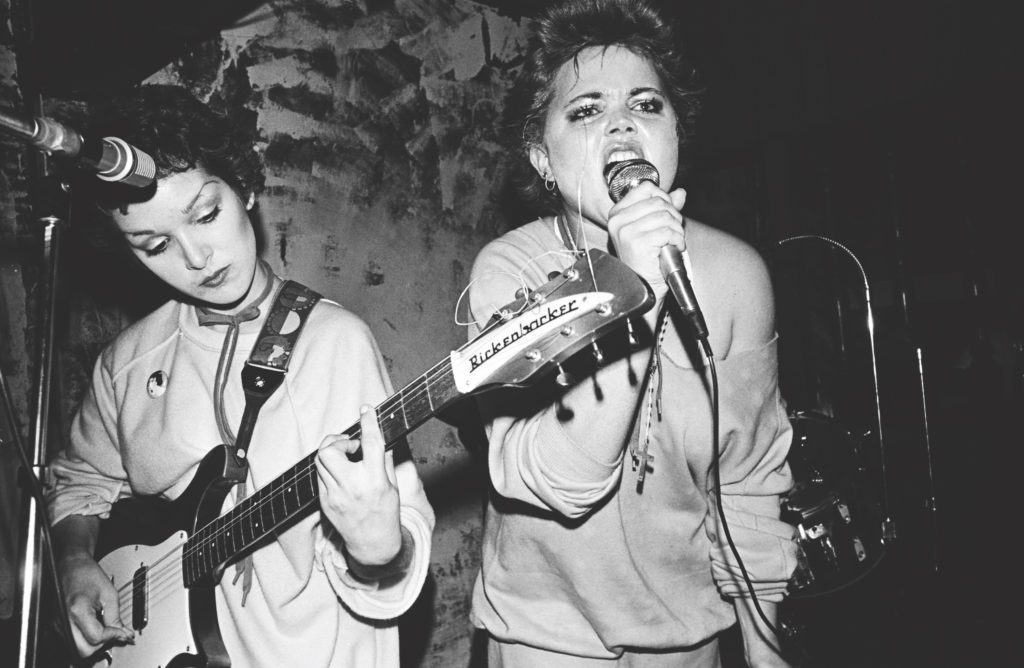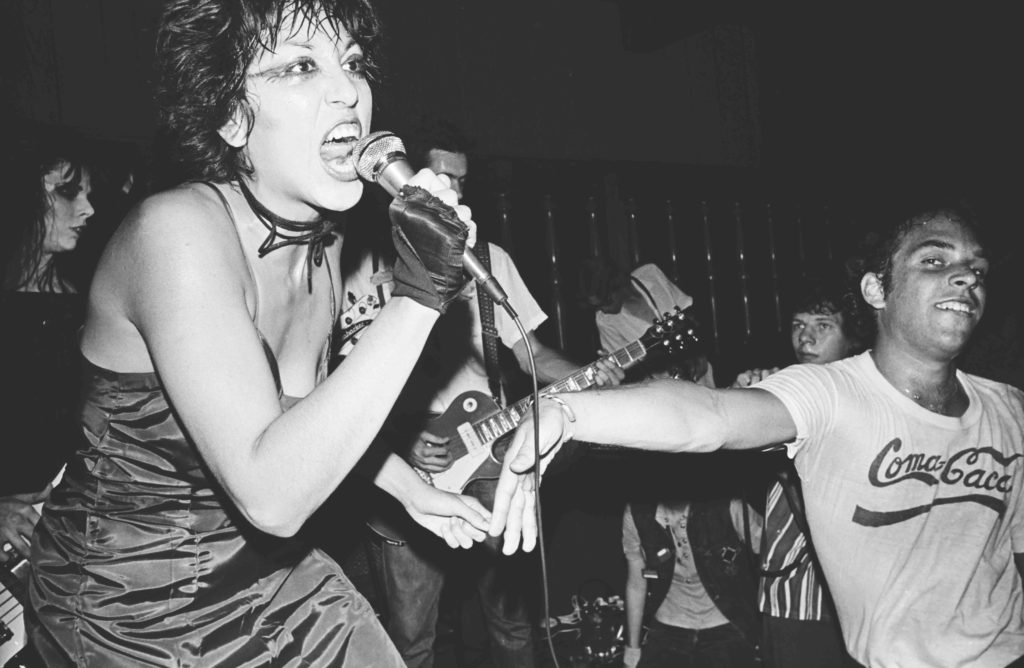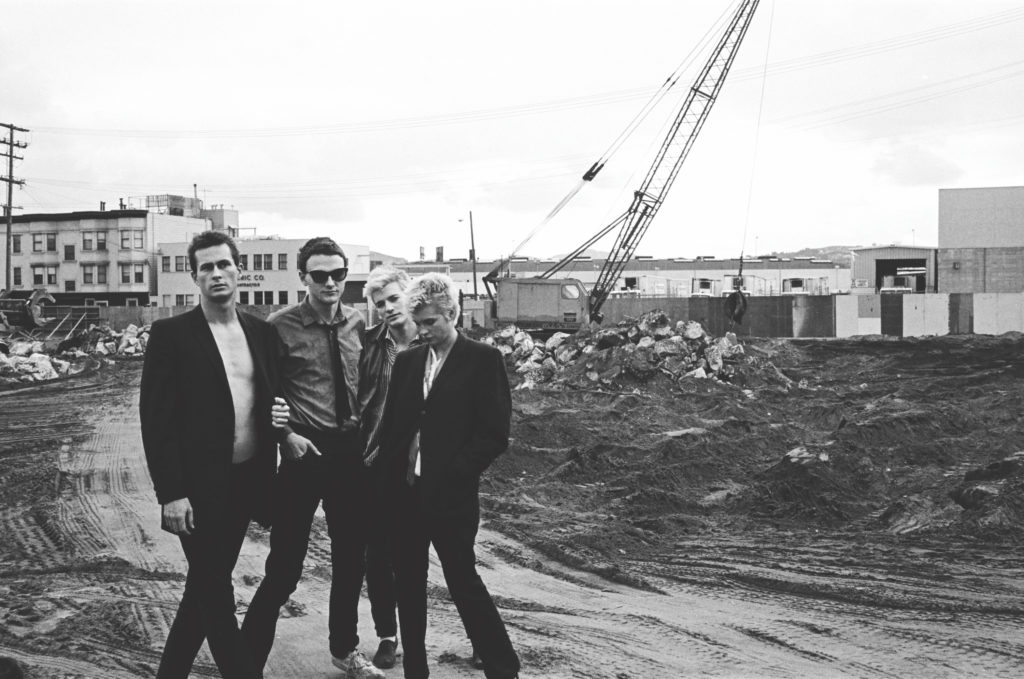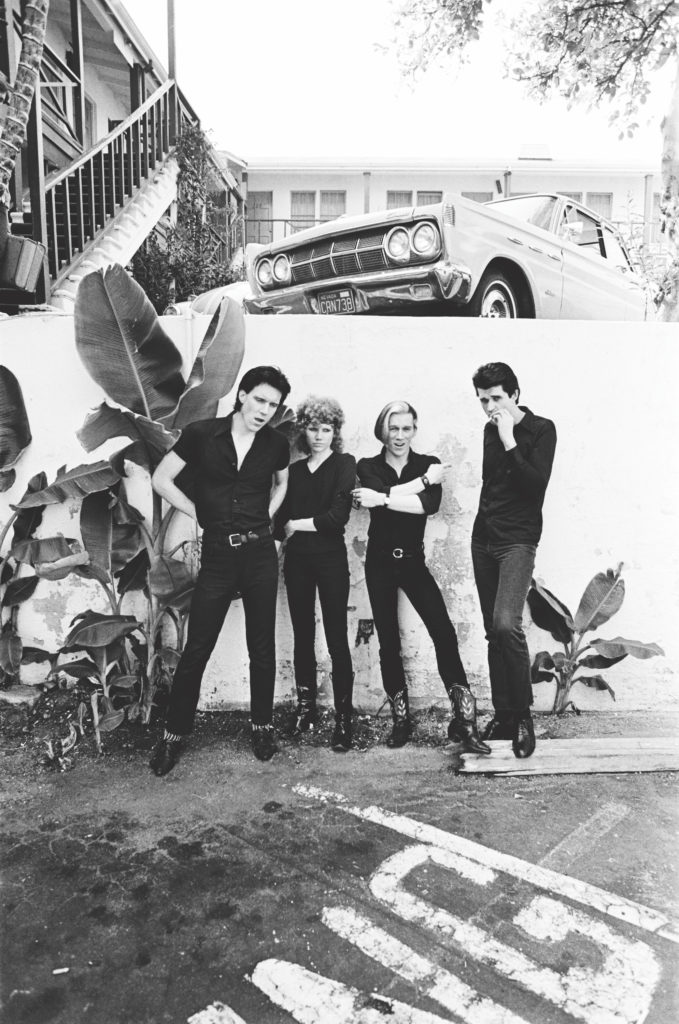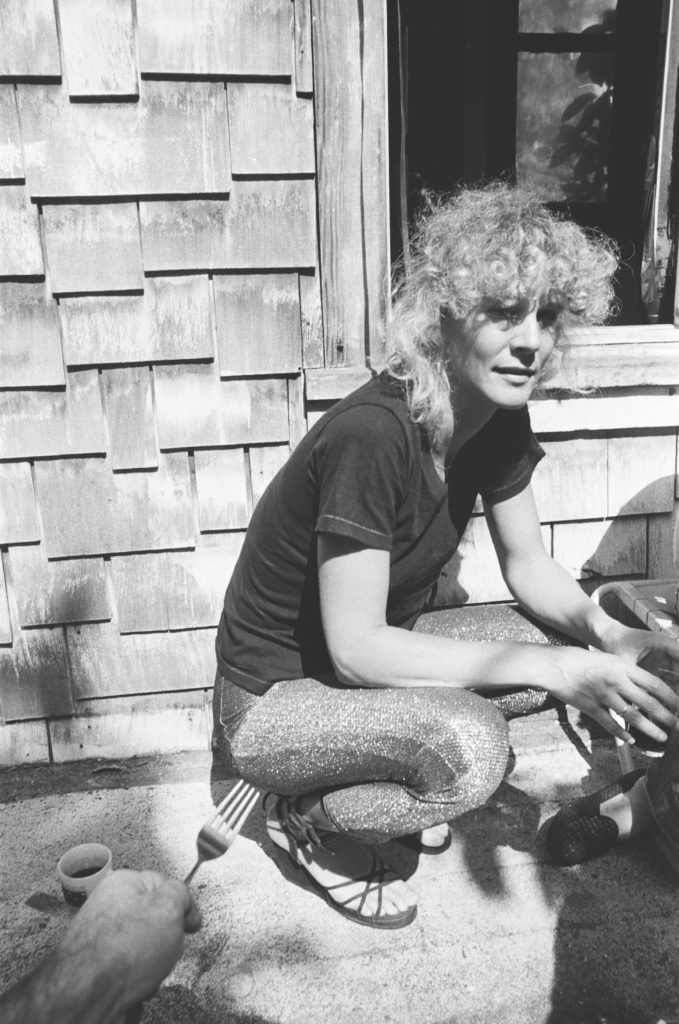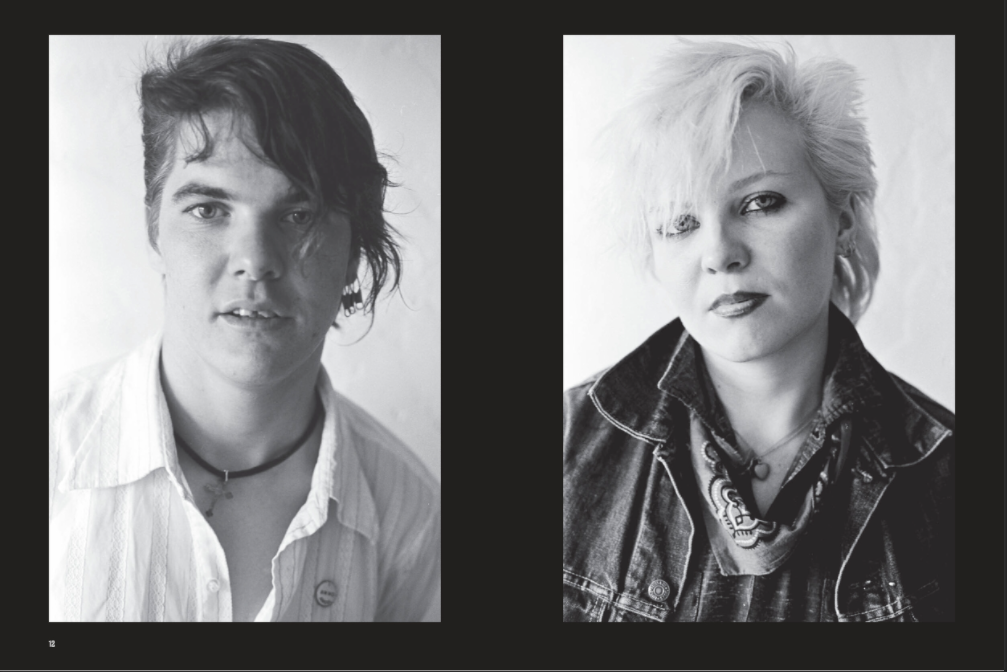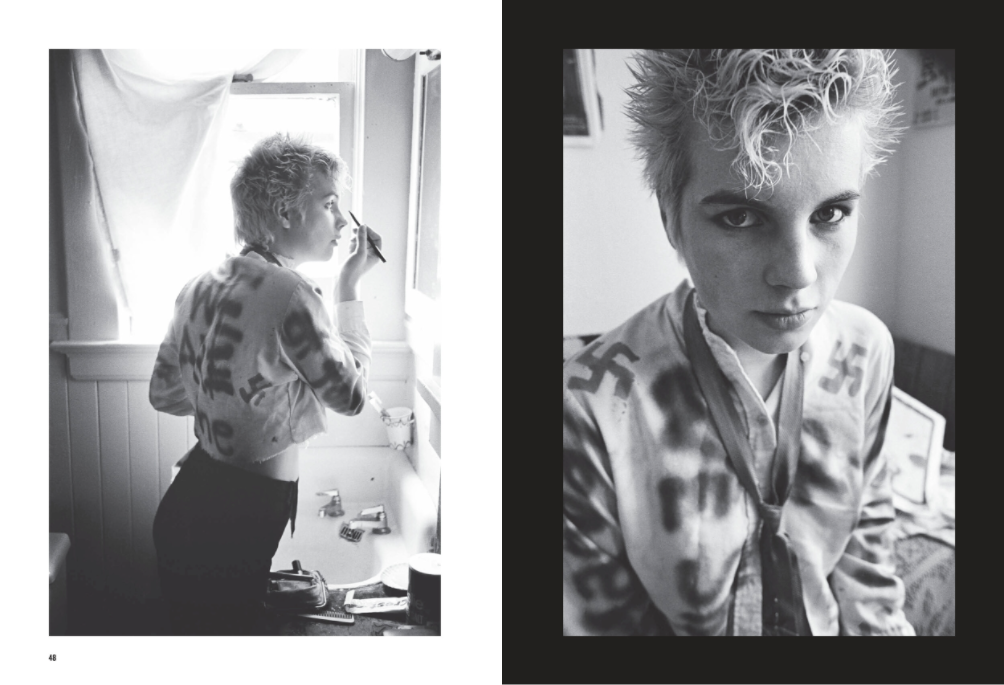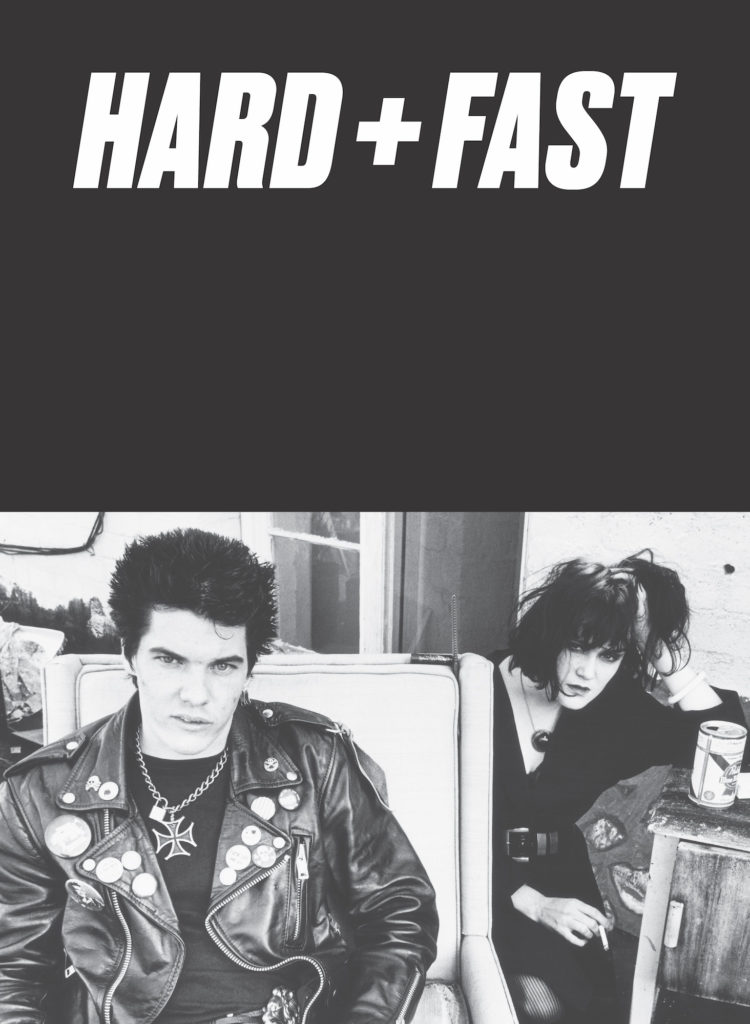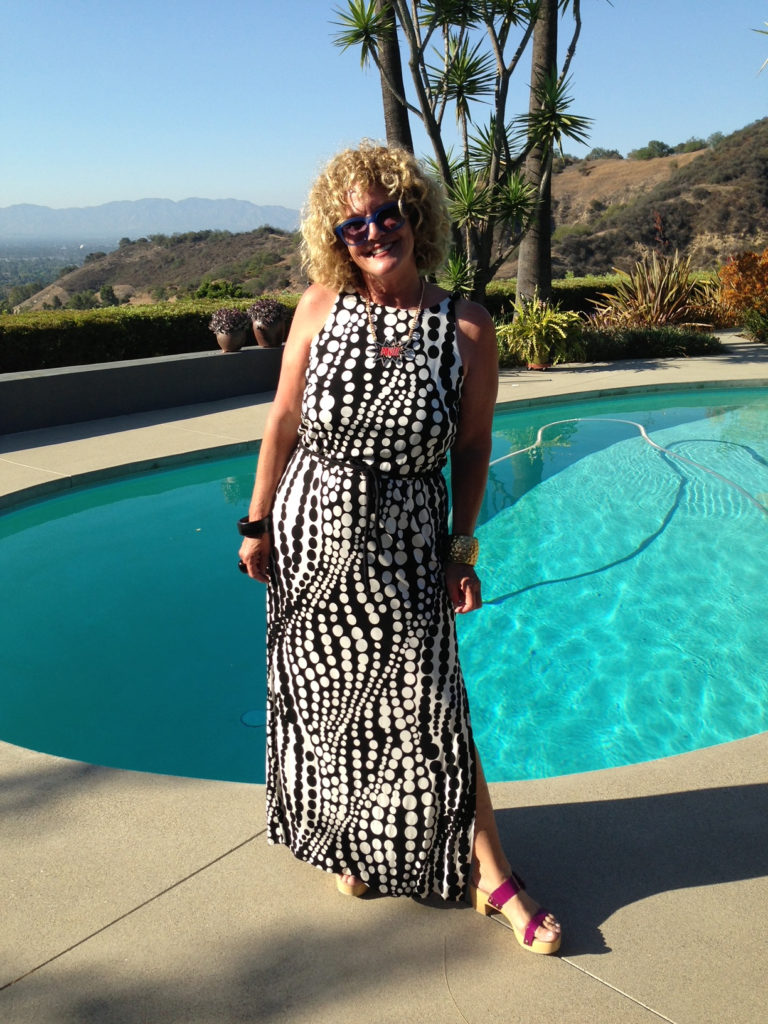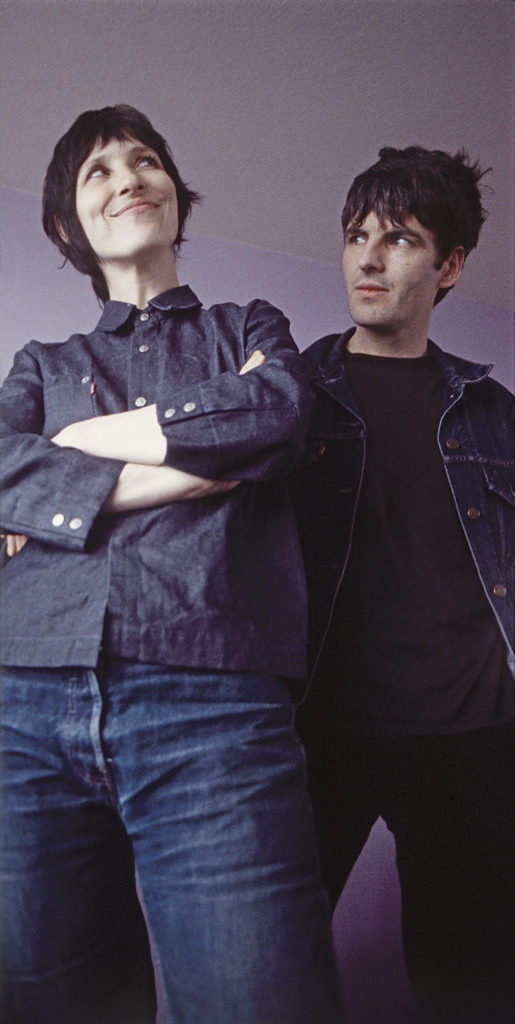
When I think of royal families, I think of the queens of pop Debsey Wykes, Sarah Cracknell and their partners, Paul and Martin Kelly (from East Village, Heavenly Recordings, Heavenly Films, Birdie). In addition to making excellent music in Birdie and East Village, Paul Kelly has been the ultimate branding wizard (who would probably cringe at the word branding) for Saint Etienne, photographer, graphic designer, pub mate and collaborator on such films as Take Three Girls, Finisterre (with Kieran Evans), What Have You Done Today Mervyn Day? (2005), This Is Tomorrow (2007), Lawrence of Belgravia (2011), and How We Used To Live (2013). We interviewed him about music, film, photography, flying, London and all kinds of other stuff. Interview by Gail O’Hara * Images courtesy Paul Kelly
Chickfactor: Let’s talk about Princes Risborough. Is that where you grew up? What was it like?
Paul Kelly: Princes Risborough is a very small old fashioned market town that sits midway between High Wycombe and Aylesbury about 40 miles west of London. In the late seventies this was a good place to live if you were into music. Due to its close proximity to London a lot of well known bands would use the local venues as warm up shows or add-ons to national tours. Aylesbury had a venue called Friars which, in the late ’60s and early seventies had hosted groups including the Velvet Underground, MC5, Can, Mott the Hoople and Bowie and in the wake of punk was now putting on The Jam, The Clash and Dexys etc. High Wycombe had The Town Hall, The Nags Head and Bucks College where the Sex Pistols played one of their early shows. From our village just outside Princes Risborough, we could get the bus or train into Wycombe or a lift in my sister’s car to Friars. Between these venues we had at least 4 gigs a week and my sisters could usually blag us into most of them, it was a really exciting time. Punk was a big deal in Wycombe and the big local band were called the Xtraverts. They would play Wycombe Town Hall (about 800 people) on a regular basis and reportedly turned down the chance to sign a major record deal. Although there was a healthy music scene in the area, it never really created any bands that would go on to make it outside the area. By the time we managed to get our band together the musical landscape was very different and High Wycombe had fallen off the map tour wise. I think there had been some trouble at an Adam and the Ants gig at the Town Hall which had led to a ban on live music there and the Nags Head had become more of a blues venue. Anyway, by the mid ’80s we weren’t really interested in hanging around any more, we wanted to be in London. We did a few local gigs there but no one was really interested in us and the place felt out of touch as far as we were concerned. I remember going along to see Pere Ubu in ’78 or ’79 at the Town Hall and there were only about 20 people in the audience, it was a Sunday and there was heavy snow blocking the roads. Even so, I had never seen the hall so empty. Pere Ubu were all over the music papers at the time but High Wycombe clearly wasn’t interested. It was odd like that, strange place.
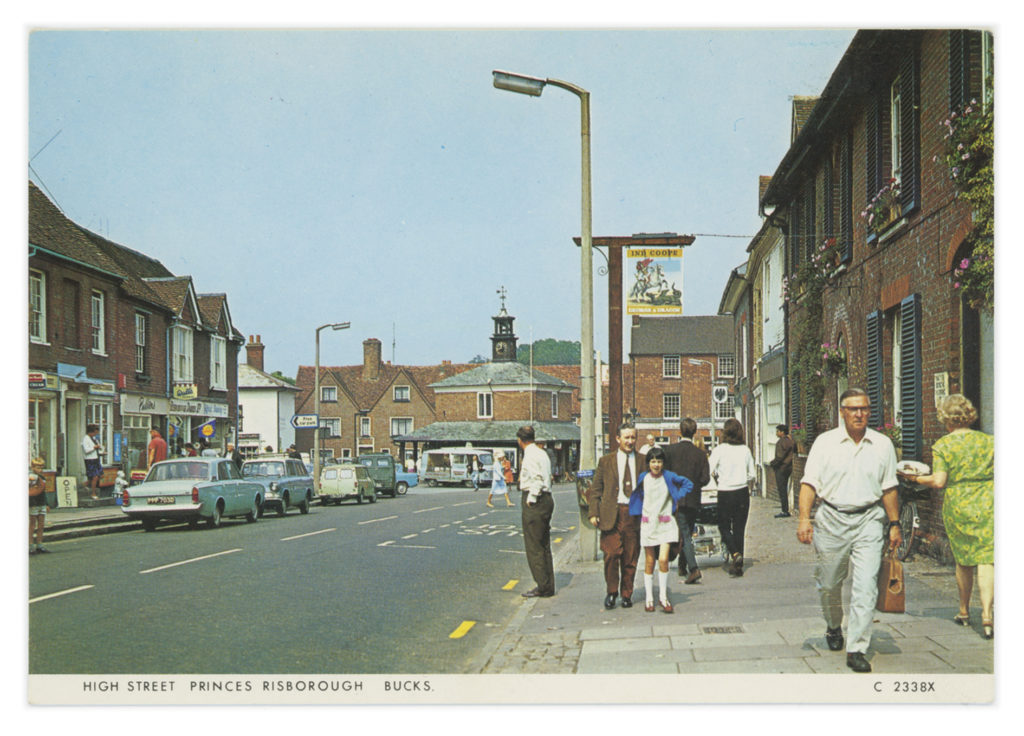
Was your family musical or creative? How many siblings were/are you?
I have four siblings, three sisters and a brother (Martin) and we were all encouraged to draw and be creative, art was important in our family. I think our parents realised early on that none of us were particularly academic. My father had been a fine art student with a dream of becoming a painter, but that would have been the early 1950s and after leaving art school he was called up for National Service where he ended up becoming a pilot flying jet fighters. He loved flying but hated military life and as soon as his air force career ended and he became a civilian again, he kind of rebelled. He began wearing frilly purple shirts with orange corduroy flares and cowboy boots. This was by now the late sixties and I guess he knew he’d missed a massive cultural revolution and wanted to catch up. He painted the walls of our house orange and covered them with giant collages using pictures from Sunday supplements. Much to our embarrassment he also put up a massive landscape poster of a naked hippy chick covered only in psychedelic body paint on the wall above his and our mum’s bed. He did take up portrait painting for a while after leaving the Royal Air Force but couldn’t make a decent living from it and soon returned to flying. We all left school able to draw reasonably well but with terrible exam grades. Two of my sisters went on to art college and the eldest, Celeste, is still a painter today. I was into aeroplanes as a kid and really wanted to become a pilot. I did learn to fly and even went on to get a pilots licence but my interest in guitars and music eventually took precedence.
What was Martin like as a kid/teen? Stories please.
Martin is three years younger than me and I suppose he looked up to me when we were children. Our dad was away a lot and being the only boys in a predominantly female household meant that we hung out together quite a lot. We would often play war games and Martin would usually take on the role of the German soldier, this was his choice as he preferred the uniform but also meant that my friends and I could justify his mistreatment. We had some large upturned shipping crates in our back garden and one day, my friend and I decided to turn these into a German tank. Having stacked the smaller crate on top to form a turret we stuffed the bottom one with crunched up balls of newspaper. My friend Mark and I then persuaded Martin to crawl inside telling him that he could be the tank commander facing an attack by the British, whereupon we threw in a match and set the whole thing on fire. Luckily my mother saw the billowing smoke and came out to see what was going on. ¶ On his first day at the middle school which I had already been attending for a couple of years, he came running up to me in the hall to say hello. I was with my friends and trying to remain cool pretended not to know him. Although we were very close at home, I treated him more like a pest when I was with my friends. He always wanted to join in and in retrospect I think I was probably quite cruel to him.
What were you like as teenagers?
We were quite small and skinny as teenagers and would often get into fights with other kids. This was probably because we looked like an easy target and so people would take us on, but having had a lot of practice fighting each other, we were quite used to scrapping and I think it took people by surprise when we fought back. High Wycombe could be quite rough on a Saturday night and you really needed your wits about you in those days. There was a strong skinhead presence in the town that has been somewhat glamourised by Gavin Watson in his ’Skins’ photography books. Many of the people we came across however were just racist thugs and I remember Martin being lured out of a pub and getting a severe kicking by about 20 skinheads for no reason at all. I’ve still got a scar on my face after having a beer glass thrown at me by one of their gang. I think that threat of violence and small town mentality is something that helped push us away and towards London. By the ’80s we became more obsessed with all things ’60s and although there was also a strong Mod scene in the town we were more on a psyche mid ’60s tip.
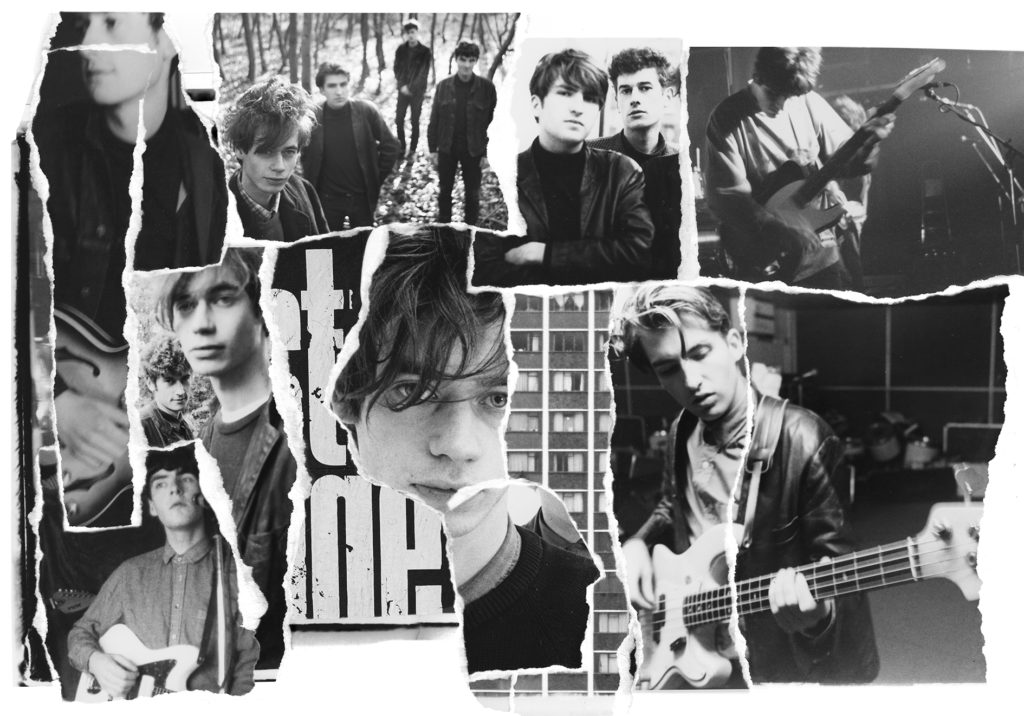
Tell us about the early days of Episode Four/East Village. What kind of band were you wanting to be like? Listening to?
In the early 1980s Martin and I used to come into London most weekends to check out the music shops in Denmark Street. We couldn’t afford to buy any guitars but would spend hours studying them. We would also pop along to the secondhand record shops in Hanway Street—again mainly just window shopping. Although we weren’t mods, we must have looked like we were and one of the people who we used to chat to in Hanway Street was Shane McGowan. He had a cockney accent in those days and was always suggesting records he thought we might like. He got us into The Pretty Things, The Action, The (British) Birds and groups like that. So when we started our band, we were mainly playing ‘60s garage and psych covers. We would play obscure songs and pretend they were our own. We had three tracks from The Eyes EP in our set for a while and would tell everyone that we had written them. One day when we were hanging out in Shane’s shop Rock On, he asked if we wanted to come along and watch his new band that night. It meant hanging around all day without any money and so we wandered around until evening before heading along to Gossips in Meard Street to witness what turned out to be one of the first Pogues gigs. It wasn’t what we were expecting at all and I don’t think we thought much of them to be honest. We did however meet Alan McGee that night and I bought a copy of his fanzine Communication Blur for 50p. He said “it’s got lots of Rickenbacker guitars in it so you’ll love it!” He also asked us to send a demo of our band as he had a new label that he had started called Creation but unfortunately we never did. Funnily enough—despite it being a fairly empty gig—I’ve later come to know several people who were also there that night including Debsey who was at the time going out with the accordion player from the Pogue Mahone.
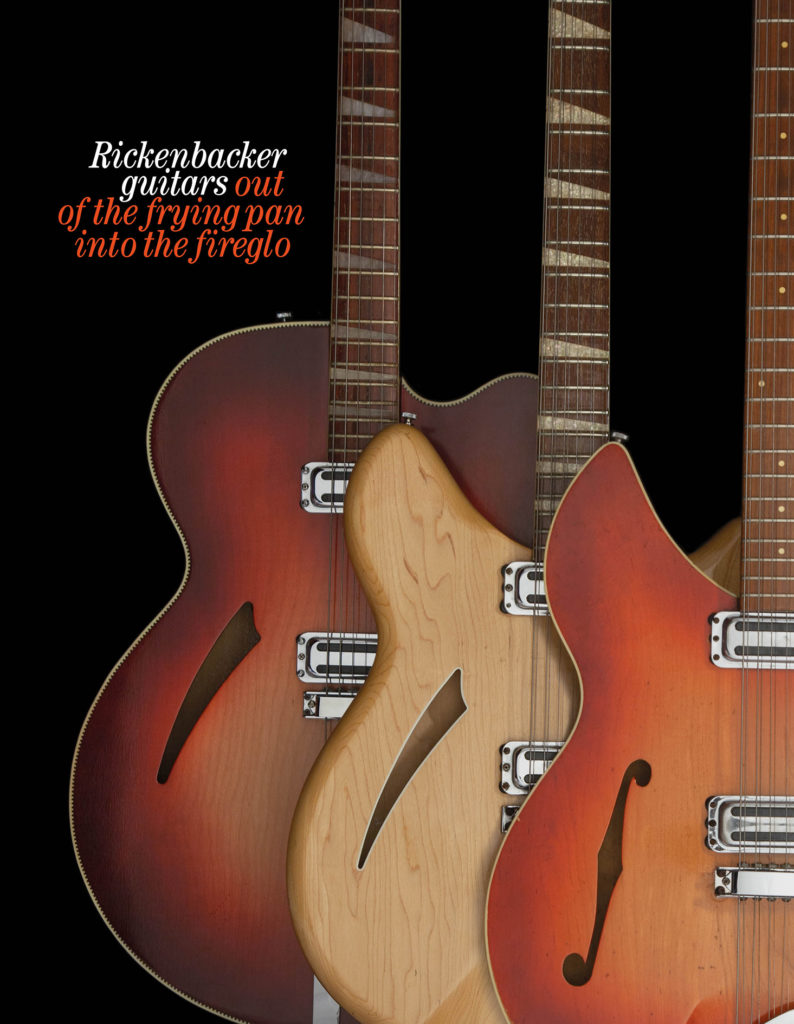
What was the total lifespan of the band? Where were you playing shows? Who with? Any John Peel or other interest?
We began as Episode Four in 1983 and after a few personnel changes became East Village by 1986 or ’87 eventually splitting up in 1991. Apart from a handful of local gigs in High Wycombe, our early shows as Episode Four were at places like the Clarendon in Hammersmith. We were on the fringes of the garage scene at first along with groups like the Milkshakes and Prisoners playing with mod bands like Small World. It was only when we met Jeff Barrett and signed to Head Records which then became Sub Aqua that we really started to become a part of that mid ’80s indie scene. We had already been playing with bands like McCarthy and the Wolfhounds and would follow bands like Primal Scream and Orange Juice before that but Jeff was really at the heart of that scene and opened a lot of doors for us. He had been tour manager for the Jesus and Mary Chain and worked at Creation. He had also become the promoter of Subterania which was a key venue in west London along with The Black Horse in Camden and then The Falcon where we played a lot. We toured a fair bit with McCarthy and the House of Love and picked up a bit of a following of our own. When Jeff started Heavenly in 1990 we found ourselves on the hippest label in London with Saint Etienne, Flowered Up and the Manic Street Preachers. Although we were beginning to sell records and play bigger shows, those bands were NME cover stars and were actually getting on TV and had records in the charts so it felt like we were falling behind. Our last gig was at the New Cross Venue in south London, It was probably our biggest headline to date, and from the outside things were looking up but it felt like we were losing ground to everyone else and when we walked off stage, we just looked at each other and said ‘fuck this, let’s quit’. It was a bit of a relief to be honest. We were doing the Big Star, Byrds type thing at a time everyone was tripping out to Screamadelica and so we felt very out of step. Things might have been okay if we’d kept going as things swung back to that West Coast influence with groups like Teenage Fanclub becoming popular a couple of years later.
East Village was very un-’80s. Was that intentional?
At the time, I felt the ’80s was the worst decade I could have possibly grown up in. That’s obviously not true as we weren’t at war or living through a thirties style depression but it really seemed like everything good had already happened. We had been so obsessed with the sixties and punk had been and gone so everything felt flat. We just didn’t want anything to do with what was going on in the charts and lived in our own little bubble. We would reject anything mainstream or popular which looking back was stupid. When the Stone Roses came along they embraced success and being in the spotlight which is what gave them that great sense of confidence. It made the indie scene feel introspective and defeatist. I find the ‘80s fascinating looking back, I wish I had just embraced being young a lot more than I did. When the ’90s came along things instantly seemed to pick up, we were open to different types of music including dance music and all our friends started having hit records, it just felt so exciting.
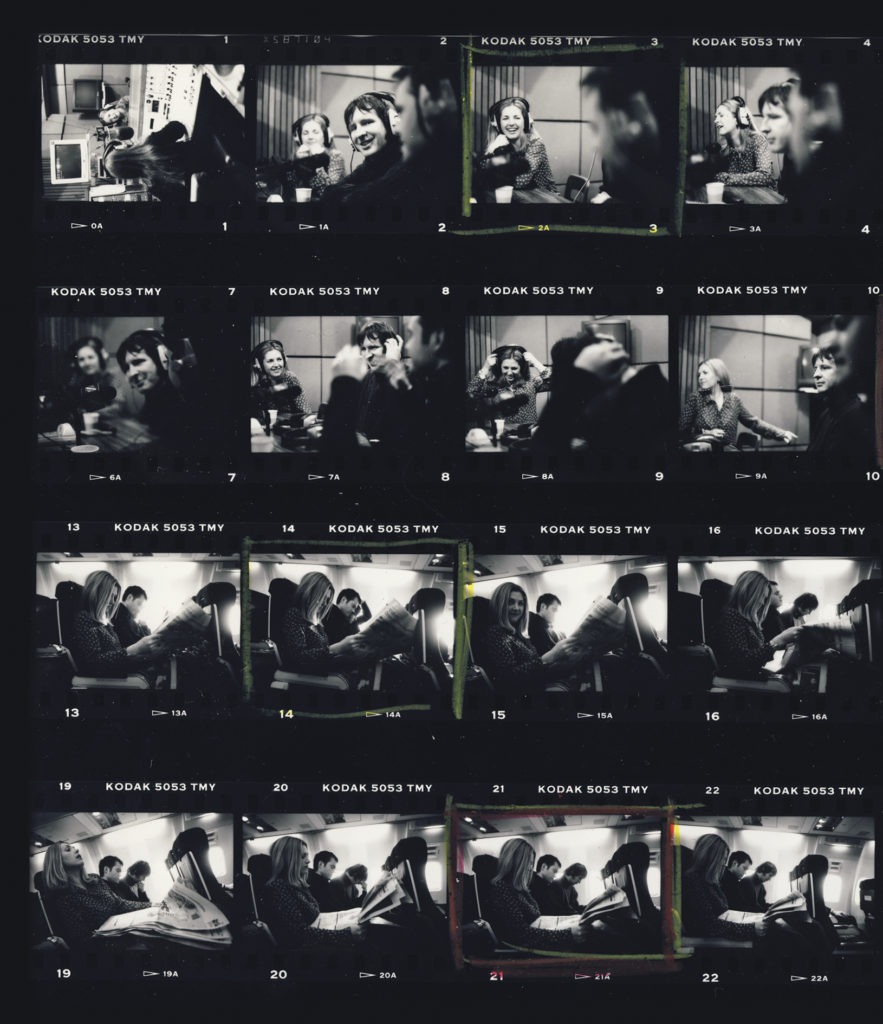
You ended up meeting Bob when he saw you play. In what capacity did you play music with Saint Etienne? Is that when you met Debsey?
It was at one of our gigs with McCarthy at Portlands in central London that we met Bob. I think he had gone along to review the gig for Melody Maker or something and only caught us by chance. He came over after we had played and asked if we would like to do a flexi single for his fanzine. We arranged to meet him a few days later and have been friends ever since. A few years later we were on a tube train together heading back from a night out when he said, ‘Do you want to hear this song Pete and I have just recorded?’ Although he had an electric guitar in his flat, I had never seen him pick it up and had no idea he had any interest in making music, so it was a complete surprise. I listened on his walkman to ‘Kiss and Make Up’ and couldn’t believe how good it was. We had been plugging away with our band for years and then he and Pete had struck gold at their first attempt! I can’t remember if ‘Only Love Will Break Your Heart’ was on the same tape but I’m pretty sure I heard ‘Kiss and Make Up’ first. The early Saint Etienne gigs were basically PAs where they would play about four songs to tape with a different singer for each song. They were quite awkward and I think they must have realised that they needed to settle on one singer. East Village played a couple of gigs with Saint Etienne when they had Stephanie singing. We all travelled together in a mini bus to Paris for a Heavenly Records showcase in 1991 and someone stuck on a tape of ‘Nothing Can Stop Us’, I hadn’t heard the song before and I said ‘Wow, Steph, that’s amazing!’ she explained sheepishly that it wasn’t her singing and that was the first time I became aware of Sarah. I felt very sorry for Steph as it was clear her days in the band were numbered but I think getting Sarah in was key to the band’s success. When we arrived in Paris, the first thing we all did was drop off our bags at the hotel and hit the town. I remember knocking on the door of the Manics room on the way out and when I walked in they were all lying in their bunks reading Rimbaud and Nietzsche. They had never been abroad before, but I imagine they felt it would be far too crass to go out and get smashed, they were really sweet guys and we got on well but they had a manifesto to uphold. I think James would have secretly liked to have come along with us though. ¶ By the time I was drafted into the live Saint Etienne set up in 1992 Sarah was already established as the lead singer and the band had two albums out. They were looking to expand the live band and as East Village had by then split up, they asked Spencer (East Village drummer) and me to join. Debsey joined the live set up in December ’92 just in time for a Christmas gig in Victoria. Bob and Pete had been fans of Dolly Mixture and tracked her down to record a single for their own label IceRink. The single was to be a cover of the Candlewick Green song ‘Who Do You Think You Are’ but having recorded it with Debsey they realised it could be a hit and re-recorded it as a duet with Sarah and so it came out as a Saint Etienne single instead – and that’s how I first met Debsey, at a Saint Etienne rehearsal in Leighton Place, Kentish Town. When the band stopped touring at the end of 1994 we got together formed our own band Birdie.
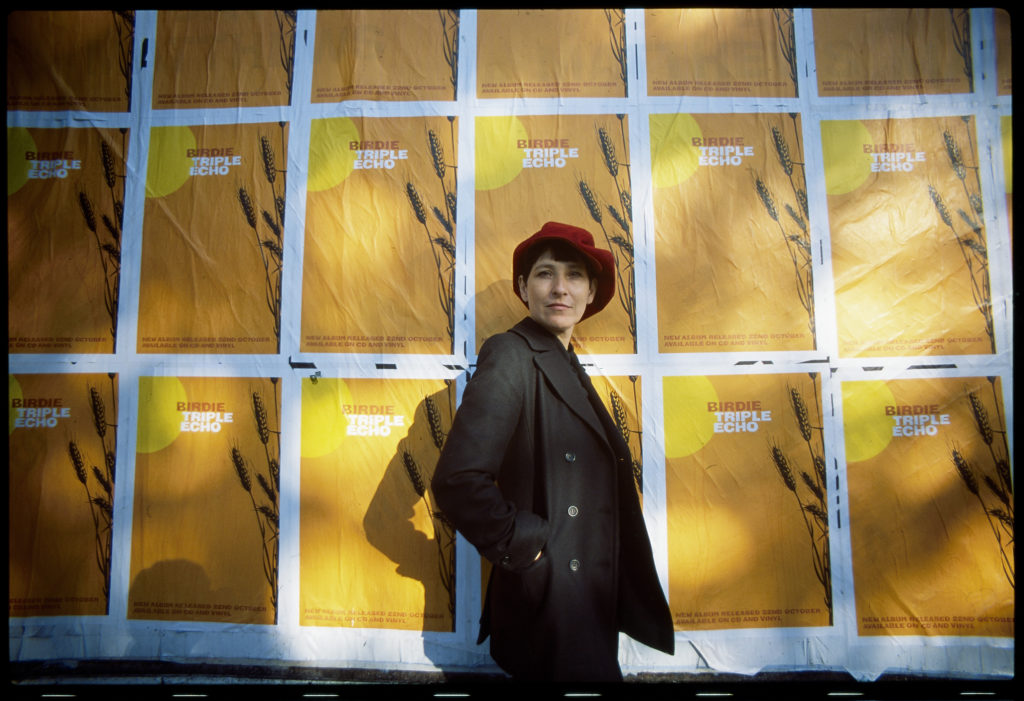
Speaking of Debsey, what’s it like being married to one of the best singers on Earth?
We haven’t actually got married yet although we’ve been together for nearly thirty years and our kids have grown up, one has even left home. We keep meaning to get around to it though and I’ll definitely let you know when we do so that you can book your flight.
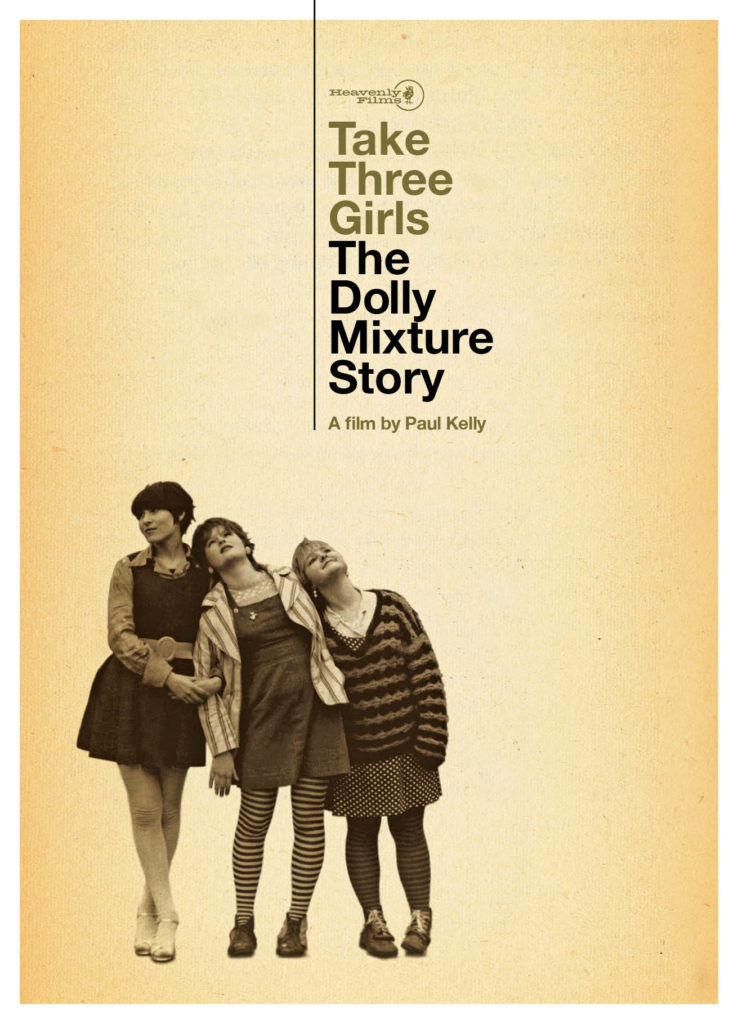
Also: Will the Dolly Mixture film ever be available widely for all to see?
I know I say this every year but I really want to get it out early next year. The hold-up has been obtaining clearances for BBC footage as well as for some of the photographs. We just don’t have any kind of budget so it’s been really slow progress but I’m going to make it happen for sure. We are also planning a photo scrapbook and several record re-issues so there should be quite a lot going on over the next few months.
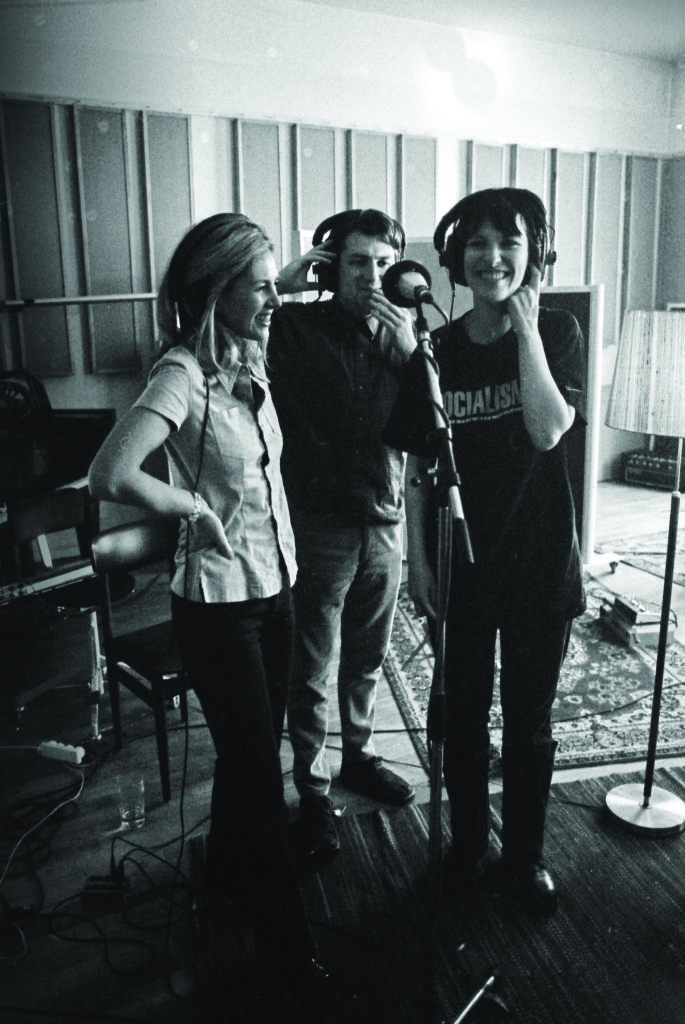
Tell us a bit about how you got rolling into being the house videographer, photographer, filmmaker and designer for Saint Etienne? (Have I got that right?)
By 1993 Saint Etienne had done a couple of big budget promo videos in the US and Japan with large film crews—teams of runners and makeup artists etc, and just wanted to get back to doing something simple again. I was having a drink with Bob one evening and he said, ‘Hey Paul, you’ve got a Super 8 camera, will you make a video for us?” The song they had lined up as the next single was ‘Avenue’ and so of course I jumped at it. I’d helped out making a couple of the East Village videos which we had shot on Super 8 and so I knew a bit about making promos but it was through Sarah that I met an editor called Mikey Tomkins who she suggested I ask to help me out. We ended up doing a few more videos together although every time the budget was half decent, Creation would get in a professional, I always did the cheap ones! Mikey actually went on to work quite a lot with Stereolab and was quite into the UK riot grrrl scene. ¶ Bob and I used to joke that you could probably make a feature length film with the amount of money being ploughed into some videos at that time and eventually that’s exactly what we did. We all met at Pete’s flat in Islington one day and watched Patrick Kieller’s film ‘London’. Bob said ‘Look, we’ve got a new album coming out and the label want three videos, why don’t we just take the money from all three and make a film with the album as the soundtrack’ That was how Finisterre came about. ¶ When East Village split up I had begun to get back into photography and would do the odd session for bands that I knew. I always had a camera with me in those days and most of the photo shoots I did with Saint Etienne would be impromptu. Once we were midway through a European tour in 1994 and Martin (who was by then managing the band) called one morning from England saying we need some new pictures can you do a quick session with the band while you’re in Switzerland? It was an early start after having played a gig the night before and we all had awful hangovers. I shot a few pictures and then got on the bus to the next show. I sent the film reel back to the UK and didn’t think any more about it until about a month later one of the images turned up on a US single sleeve, Sarah looked great but Bob and Pete looked a bit knackered. That was often how my sessions would come about, very last minute and no makeup budget. ¶ After I finished playing with Saint Etienne, I started a small design and photography business called Phantom with Steve Rowland who had been one of the merchandise guys on the Etienne tours. I had already done a fair bit of paste up design and artwork but he taught me how to use Apple Mac computers and so I began doing a bit of graphic design alongside the film and photography work. I learnt how to edit by watching Mikey.
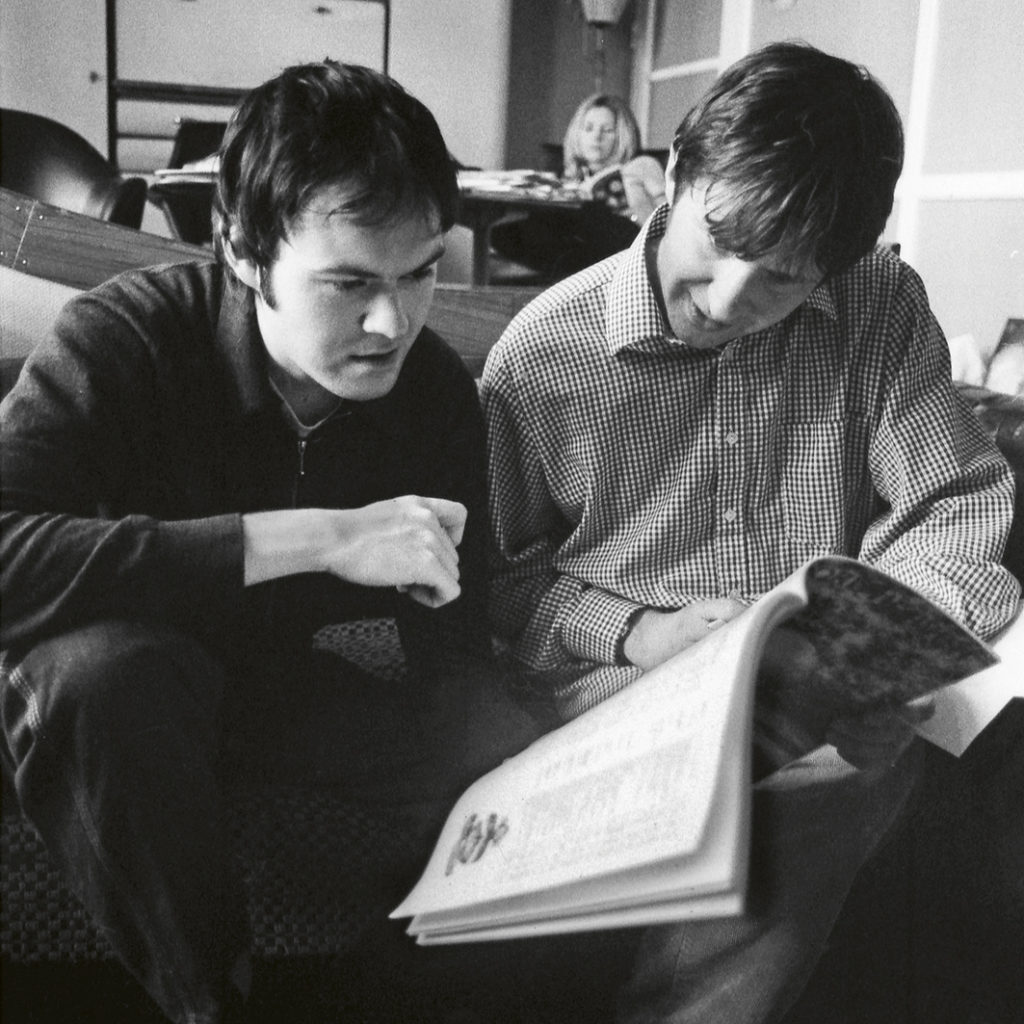
What are some experiences you had touring / working with them? Inside dirt? They’ve been a band now for 30+ years: What is their secret of longevity?
Touring with Saint Etienne was absolutely fantastic, it was great fun and quite hedonistic. I think people who encountered us were often quite shocked. I feel sorry for anyone who had to share a flight with us back then. At its peak the touring party consisted of about 16 people and we would all be smoking and drinking and causing all sorts of mayhem, it was more like a rock band on tour and probably didn’t fit people’s pre-conceived image of Saint Etienne. I think things reached a tipping point towards the end of 1994 which is probably why the band took a break and sacked most of the backing band and crew. We were playing Hultsfred Festival in Sweden and all of the acts were being transported by shuttle bus from the hotel to the festival site. There were several bands sharing the bus on the outward journey to the festival site, including Keith Flint and the Prodigy who specifically requested not to be put in the same bus with us on the way back. On the return trip Spencer and a couple of the crew decided to climb up through a skylight at the back of the bus, crawl along the roof and back down through the front skylight. This was while the bus was travelling at about 60mph along a motorway at night. News of their antics spread and it became a talking point back at the hotel. Oasis who were also on the bill, appropriated the story which made the national newspapers back in the UK complete with an artists impression of Liam bus surfing. Everyone generally got on really well and Pete was absolutely hilarious. During gigs he would often give up any attempt to play his keyboard about three songs in and start dancing around the stage. For a while we had a life-size cardboard cutout of Jamiroquai that would be placed at the side of the stage. We were convinced he’d stolen our Melodica from the practice rooms we shared back in London. Pete would generally end up dancing around with this thing until the last night of the tour when he just started kicking it to pieces. Soon afterwards we saw a picture of Björk (who had also shared the same rehearsal rooms) in the NME playing what looked very much like our missing Melodica! I think the fact that Saint Etienne have never had massive success has allowed them to make exactly the kind of records they want to make. This means they are always fresh and not afraid to experiment. If they had had really big hits at the start it could have been a very different story. They came along just ahead of the Britpop thing and were able to sit outside of that whole scene which means they’re not stuck with that label either.
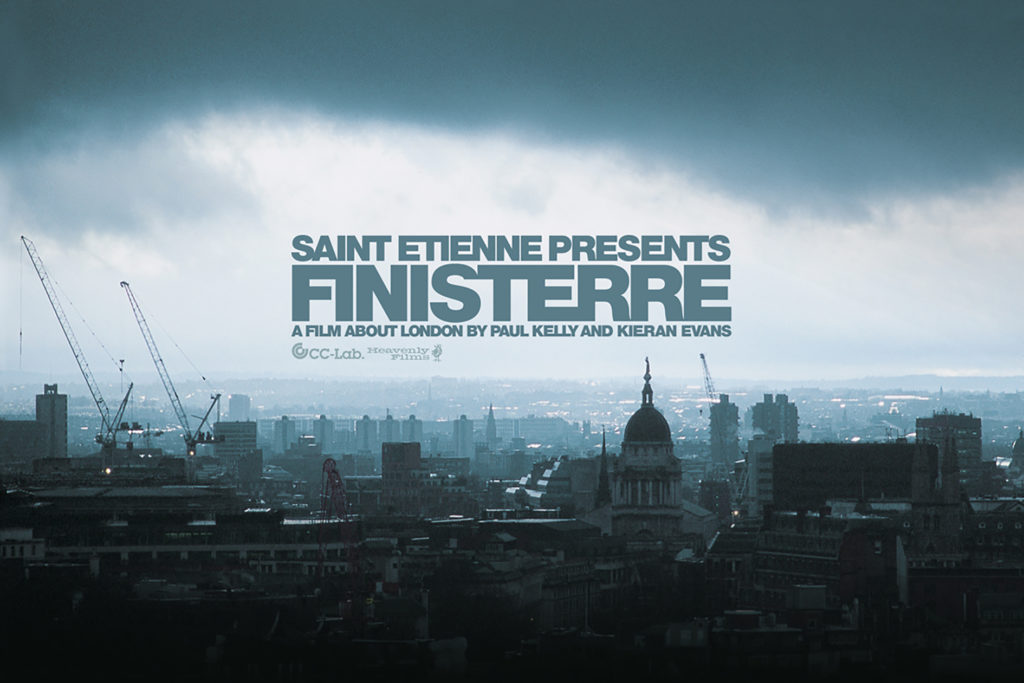
The films you’ve made together with them reflect a deep love of London and they show a desire to endlessly document the city as well. What year did you move to London and how has it changed since then, for better and worse?
I guess we were drawn together in part by having a similar aesthetic which had come out of growing up watching the same films and television programmes as each other. We shared a lot of reference points and would spend hours discussing things from our childhood and how it would be great to recreate aspects of the things we love. We also watched a lot of films and old recordings of TV shows on the tour bus and so we got to discover things together. ¶ I had first moved to London in 1980 with my eldest sister. We shared a flat together in Wood Green and signed on the dole. I think she was trying to get into Camberwell art college or something as we spent a lot of time down there in the Student Union bar. She was friends with the actor Tim Roth who was just starting out on his career. No one had any money but we seemed to be there a lot. The first time I went to the Job Centre in London, I was asked what my interests were and when I said art and music they said, ‘Ah, we have a job available as trainee record sleeve designer.’ I went for the interview and got a job with a company called Hills-Archer as a trainee graphic designer working on record sleeves, this was in the days when there was really high unemployment in England and jobs like this were impossible to find, it was such a stroke of luck. We eventually had to move out of the flat and I stupidly gave up the job and went back on the dole. I moved back to London again in 1984 with my girlfriend at the time, she was at North London Polytechnic and we lived in a variety of horrible little studio flats. London seemed really expensive back then but at least you could get somewhere to live even if it was a squat, I don’t know how anyone could afford to move here now without rich parents. I think London was far more accessible then, it was a thing young people could do, even if they were on the dole as most bands or anyone looking for some kind of alternative life usually were.
If you were in charge of your country’s political power right now, what would you do immediately?
House prices in this country are ridiculous, which in turn creates unaffordable rents. I think it’s the single biggest issue as it effects every other aspect of life in the UK. ¶ I would impose rent caps, heavily tax second homes and introduce basic universal income. I would also make MPs personally accountable and liable for their actions and lies. ¶ The Royal Family should be abolished and their estate—about 1.5% of land in Britain given back to the country. The only argument anyone seems to put forward to justify their existence is based around tourism! I’m sure far more people come to Britain because of the Beatles and the Sex Pistols.
I was lucky to live in London during what seemed like a golden age of Paul Kelly and Saint Etienne events—fun stuff at the Barbican and your residency at the South Bank. Is there a sense now that the city will return to in-person events post-pandemic? Are we post-pandemic? We aren’t in this country.
I imagine the pandemic has only just reached some places and so its effect will probably go on for years. Things do seem to be returning to some kind of normality here in London at least, people are desperate to go out again and see eachother. ¶ I do think the nineties and early 2000s felt very optimistic in the UK, especially in London. It definitely changed after the financial crash in 2008 and I remember going for a drink with a friend just before Christmas in 2011 and we were reflecting on what felt like a really depressing year. We didn’t realise then the horror that lay ahead with Brexit, Trump and Covid. Years of Tory austerity and division has left this country paranoid and vulnerable. It’s really sad to say but I think you did see a real golden period while you were here and that has pretty well disappeared. I really hope it does pick up but while we have such a powerful right wing press and people are being brainwashed and keep voting Conservative I can’t see things changing very soon.
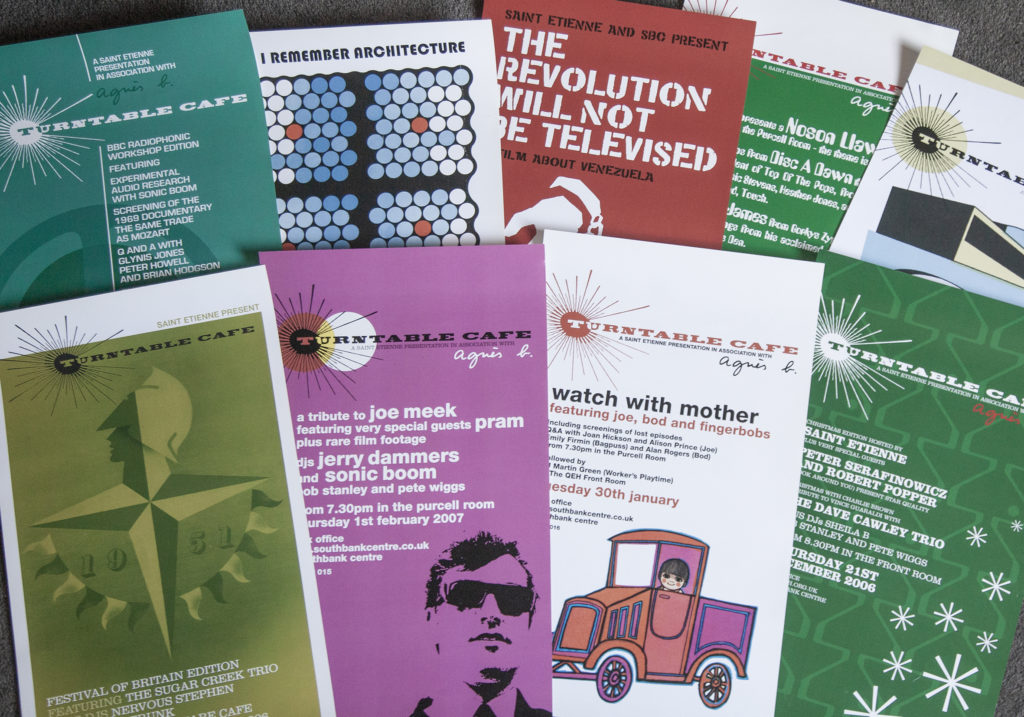
You mentioned in an interview in 2014 that you no longer were able to photograph London with fresh eyes: Do you still take your camera out these days? Or is it more just occasional smartphone camera use?
Was just thinking about this earlier today. I find it really difficult to photograph anything these days. Everyone is documenting every aspect of their lives these days. It’s difficult to trust anything you see. ¶ Yes, I don’t really know why that is. Maybe it’s just the volume of images being created now. We are bombarded with film and photography these days and it’s difficult to be enthused or believe what you are looking at sometimes. I used to shoot every day but now I rarely ever take a picture. Like most people these days I tend to use my phone. I do film stuff for work but not really for myself anymore which is a shame as I used to get so much out of it. I hope it’s not just because I’m getting older. I do love scanning old negatives and finding stuff that way but it’s not really creating anything new. My son has just started at a sixth form film school and I think young people have a very different relationship with photography. They have grown up with CGI and photoshop and I don’t think they worry too much about authenticity and maybe that’s good thing. Often, when I visit another city or somewhere I haven’t been before I get that sense of awe and I’m sure it is easier to be inspired by somewhere you are not familiar with. I do still love London and I don’t think you can ever really see enough of the place.
What are some of your favorite books and films and songs about London?
Well, I have to include our mutual friends Travis Elborough and Sukhdev Sandhu here who have both written some wonderful books about London that have shaped the way I view the city myself. ¶ One book which is not strictly about London but urban life is Soft City written in 1974 by Jonathan Raban. It still feels incredibly relevant and reminds you that the experience of living in a city is a universal experience. Travis told me once that he re reads it every time he starts a new book. Nairn’s London is essential along with Soho Night & Day by Frank Norman and Jeffrey Bernard. ¶ Musically the Beatles represent London more than anyone else to me. I know a lot of people will disagree but all of their records are recorded here and most of the record sleeves are shot in London. ¶ Rubber Soul sounds like London to me. Also the Kinks of course.
What is missing from London now that you feel it used to have?
Most of the pubs seem to have been turned into wine bars or restaurants. ¶ It feels like the very people we would go into pubs to avoid in the 1980s now run them.
What are your favorite parks, pubs, public spaces? Favorite place to get takeaway?
I’m practically a vegan now and I’m not really bothered about eating out or restaurants to be honest, although Debsey and I do occasionally go along to Indian Veg on Chapel Market which is still hanging on here in Islington (mainly because it’s cheap but the food is good). Our local pub is the Betsey Trotwood which is run by our great friend Raz. We actually played there as Birdie on a Track and Field night before Raz became the landlord and Patrick who now plays in Birdie is the bar manager. It’s a wonderful pub and something of a cultural hotspot for London as a whole. When Debsey and I were first together we spent a lot of time hanging around the South Bank, including the BFI, National Theatre and especially the Royal Festival Hall, not always for concerts but just to hang out in the foyer. It used to be quite empty during the day and had a wonderful gentle atmosphere, it’s much busier these days as the South Bank has opened up with the Tate Modern etc and we don’t get down there so much anymore. Those large free empty public spaces can be very special though.
Nerd alert: What camera(s) do you have and what films do you prefer? Who are some photographers you most admire?
For film work it’s pretty well all digital now and I have a Sony A7s. Unless I’m working on a decent budget I’ll just use that. I haven’t upgraded that camera for ages and I’m not really sure what people are using these days. If I’m taking still pictures for a job, people tend to expect a really fast turnaround and there is no budget for film and processing these days so I just use an old Canon 5D, very basic but does the job. However, I still have a Nikon FE2 and a Pentax K1000 which is my favourite as it’s so easy to use and small. I still shoot Super 8 and have a couple of Braun Nizo cameras, but that’s as expensive as shooting on 16mm these days so I might try going back to that. One of my favourite photographers of all time is Fred Herzog. I love his beautiful colour street photography taken in Canada in the ’50s and ‘60s, amazing! I used to shoot a lot on Ektachrome colour slide film because I thought that had a similar look. Didn’t they stop making Ektachrome for a while, or did they change it somehow?
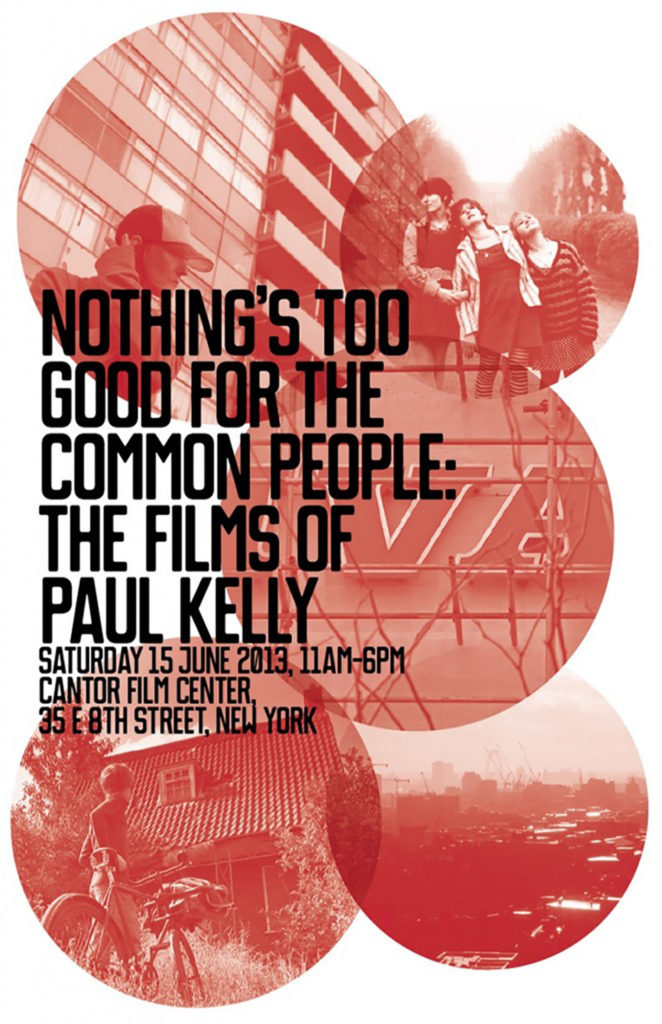
How did you get started in filmmaking? Seems like you’ve been involved with it from all angles (director, cinematographer, editor, producer, camera operator). Which parts of the process interest you the most?
My dad was a keen photographer. He also shot a lot of 8mm movie film which fascinated me. I think my mum must have sensed my interest because she bought me a Kodak Super 8 camera when I was about 10 or something. As well as filming aeroplanes all the time I used to make action films with Martin as the stunt man, I still have a few and they are quite funny. I would edit in camera which meant everything had to be captured in the first take. There was a Children’s TV show in the UK called ‘Screen Test’ and they had a feature on film editing which inspired me to get a splicer and start chopping up my films. My middle sister Frances and I clubbed together to buy a Pentax 35mm camera in about 1979 and that was a revolution. I’m not sure why but we decided to buy black and white Ilford film and suddenly everything looked really professional. It’s funny she would shoot half of the film taking pictures of horses and other animals and I would shoot the other half, talking pictures of derelict cars and aeroplanes. I eventually bought my sister’s share in the camera for about £20 and became more serious about it. I was in a band by this time though and it wasn’t until we split up that I began to get work taking pictures and eventually making videos. I really wish I’d taken it along to gigs more. At the time I just wanted to enjoy the shows and the camera got in the way, also the film was really expensive.
How involved are you with Heavenly Films?
Heavenly Films is basically my brother Martin, Travis Elborough and me. One project we are currently trying to finish is a film about Soho which we’ve been working on together for a couple of years but have had to take a break from during Covid. We also ran a monthly film club at Regent Street Cinema opposite BBC Broadcasting House which was great fun and very successful. We would always invite a guest speaker to talk with Travis after the screening and we had some great guests including the legendary masked wrestler Kendo Nagasaki and Peter Blake among many others. That also took a break due to Covid but we should have it up and running again before too long.
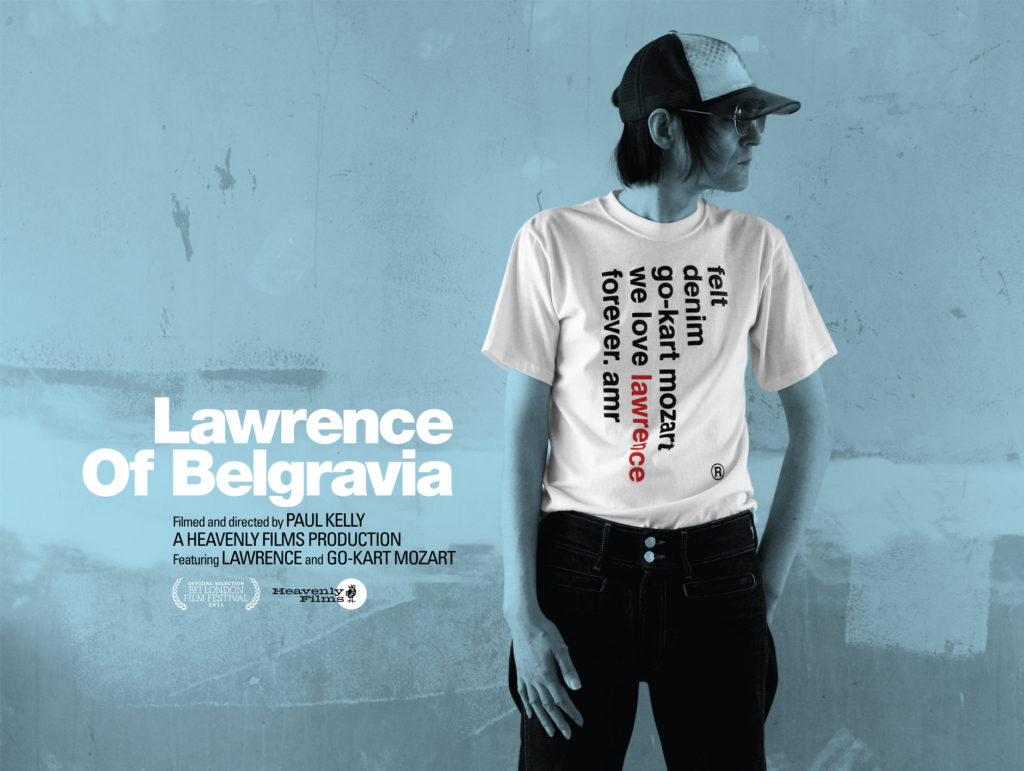
You also made a film about Lawrence (from Felt): I remember attending a screening at the Curzon and he was supposed to turn up but he didn’t. Tell us about making that film: was it difficult to pin him down to get things shot? Please tell us some funny stories about Lawrence. Is he still making music? Are you friends?
I think that was the only scheduled Q&A screening Lawrence didn’t turn up for. I later found out that he had seen the cinema programme in advance and thought that the price of a ticket for the screening and Q&A was £18.30 (about $23). He thought that was extortionate and didn’t want to face any of his fans who might be there as he felt they’d been ripped off by the cinema. The 18.30 in the programme actually referred to the time of the event though which was 6.30pm. I was annoyed at the time as I had to do the Q&A alone in front of a room who had almost all come along to hear Lawrence speak, but when I found out the reason I just thought it was really funny, classic Lawrence. I was actually with Lawrence yesterday, the British Film Institute have just released a Blu Ray edition of the film and we were doing some press together. He has quite a few projects on at the moment and is on great form. I get the feeling he only really tends to get in touch with me if he wants something or needs help but maybe we are all a bit like that really and he’s always good fun to hang out with.
What kind of impact has parenthood had on your creative process? What are the kids like? Do they like your music? Are they musical or photography buffs?
Debsey and I had our first child just around the time we started making records as Birdie. It was quite a struggle juggling the band with childcare, especially for Debsey. I think Sadie our daughter saw the guitar as competition and would inevitably start crying as soon as either of us picked it up. Debs would have to hide away in another room to write on the piano whenever Sadie was asleep. It was really rare for us to be able to sit together and play as we had done when we first started. When recording we would take it in turns wheeling Sadie around in the pushchair through the streets of Walthamstow while the other person would work. She is now 25 and I don’t think she has ever actually listened willingly to one of our songs. I think she is quite embarrassed about our own musical endeavours. Occasionally however Debsey will pop up on a rerun of Top Of The Pops singing “Happy Talk” or “Wot” with Captain Sensible which she finds quite amusing. Our son Donovan has just started film school and is gradually accepting a few more of our music and film choices.
What song is stuck in your head?
‘If I knew you were coming I’d have baked a cake’
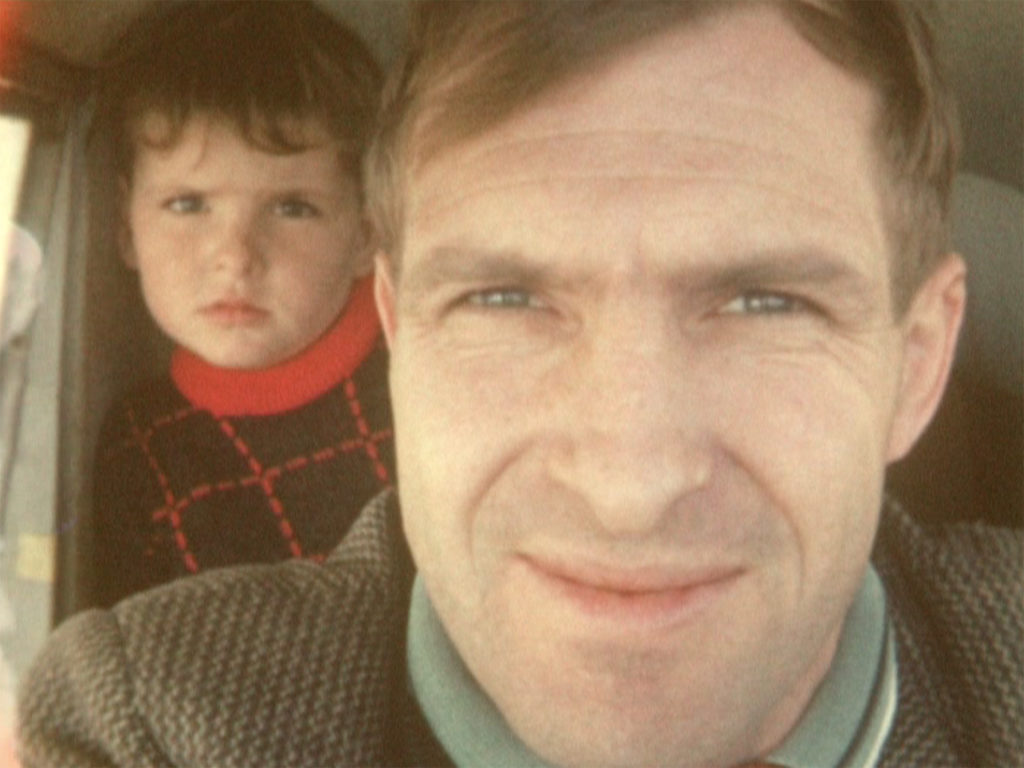
I read somewhere you are a trained pilot and carpenter. Why?
Bloody hell, how did you know that? The carpentry thing came about while I was on the dole. The Tories who were in power at the time came up with a scheme to hide the unemployment figures by pretending that everyone was actually in training. In order to continue receiving benefit you had to take on an apprenticeship. There were about five options, mainly building related and I chose carpentry. I had to juggle playing gigs and rehearsing at night with learning how to make a cut roof and staircase but I did end up with a City and Guilds certificate in carpentry and a free toolbox full of tools so it wasn’t all bad. The flying thing was something I had always loved since I was very small. I guess I wanted to be like my dad and so I started flying when I was 14 and went solo on my 17th birthday, I loved aeroplanes and flying but I couldn’t relate to that culture. There were a lot of people I really liked but the only career option was to join the military or become an airline pilot, neither of which appealed. I had discovered electric guitars and punk at around the same time and the pull was too great. As I get older I do feel drawn back to aeroplanes and I spend much of my spare time visiting old airfields and aircraft museums.
Have you thought about reforming East Village for a few shows? Did you get new fans with the Slumberland reissue? Are you still in touch with the other guys (apart from Martin of course)?
Believe me, no one needs to witness an East Village reunion. I must admit I have played with Martin and Spencer fairly recently and it was great fun. It was as though we had never stopped, all very natural and instinctive. Having said that I can’t imagine doing live shows with East Village in front of an audience again. Maybe if there were no mobile phones and it could just exist in the moment I could enjoy it, but the idea that someone might document the event and post it on YouTube would be horrific. John now lives in China and I only see him once every couple of years. I’m not on Facebook but I think Martin and Spence speak with him a fair bit.
Will Birdie play at chickfactor 30?
Yes
What films are in the works now? If you had all the time and money in the world, what dream projects would you make?
Apart from the Soho film that I mentioned earlier, Martin and I have been working along with Stephen Pastel and Sam Knee of ‘A Scene In Between’ on an archive only project covering the UK ’80s independent music scene. Using archive only it’s a montage of Super 8 home movies, photographs and home video with audio interviews from bands, fanzine writers and journalists etc. who all grew up in that time starting with the Glasgow music scene in the late ’70s and ending up in 1989. ¶ When I was a kid, I had an old magazine with someone building a wooden kayak on the cover, I used to look at that picture for hours. I really like the idea of building a wooden boat in a beautiful old workshop. I’m not really interested in boats but I like the idea of building one.
Any other future plans? A photo book perhaps?
Haha that’s what YOU should do, you have an amazing photo archive. ¶ I am thinking of putting together a book of my dad’s paintings and cartoons, just a small run to give to the family and maybe sell a few. They are so beautiful and should be seen by a wider audience. There’s also the Dolly Mixture photography book of course.
Thanks, Paul!
Order the Lawrence of Belgravia blu-ray here.
